


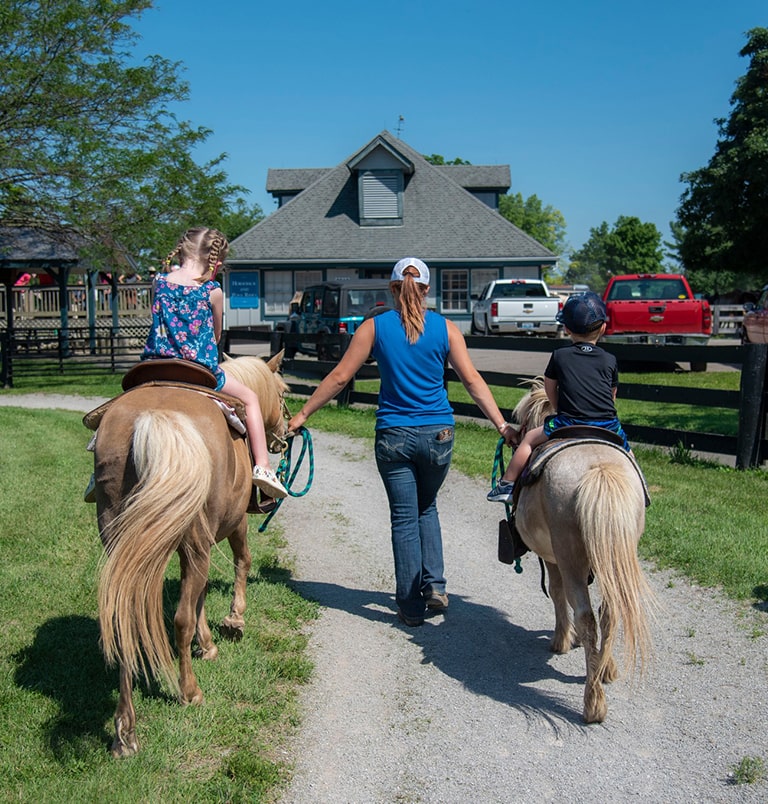
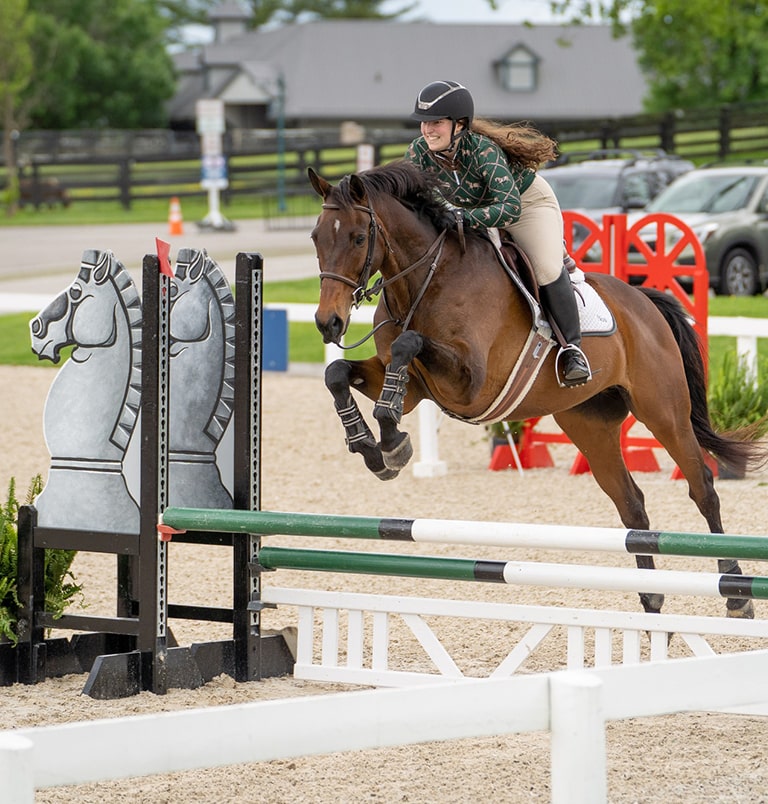

GTOWN INSPIRES
VIDEOS
VIRTUAL TOURS
SOCIAL MEDIA POLICY
NEWS

BLOG / MAP / MEETINGS / NEWS / RESOURCES / TOURISM PARTNERS / CONTACT / eNEWSLETTER
CALL US: 502-863-2547
OPEN HOURS: Monday - Friday 9am-5pm












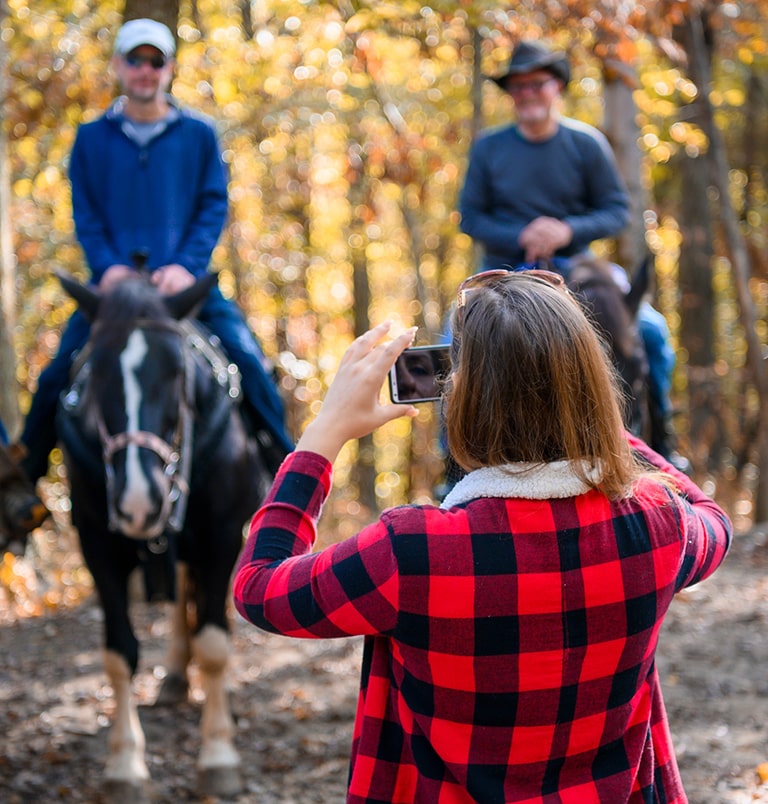















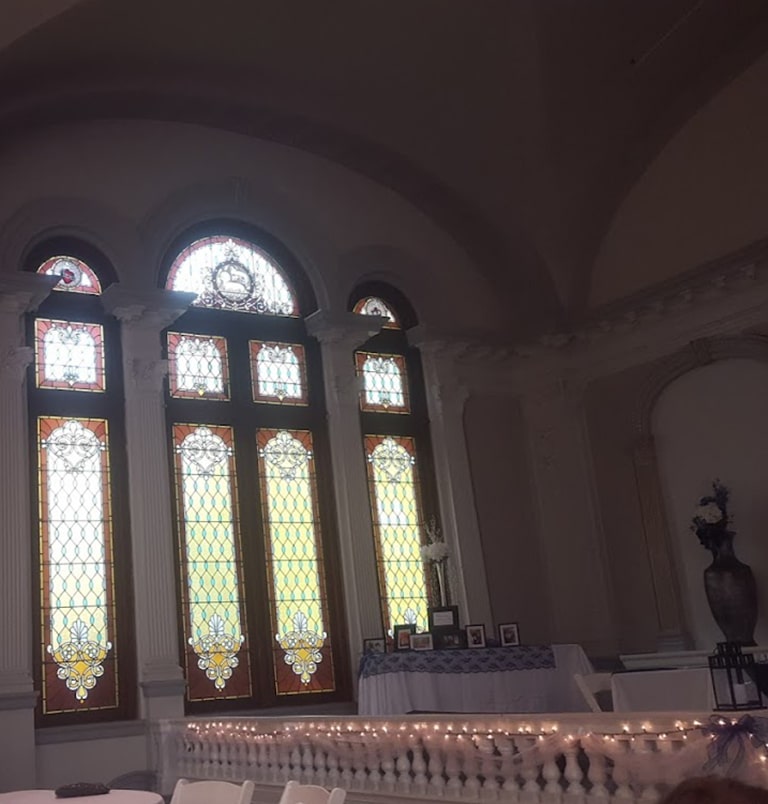


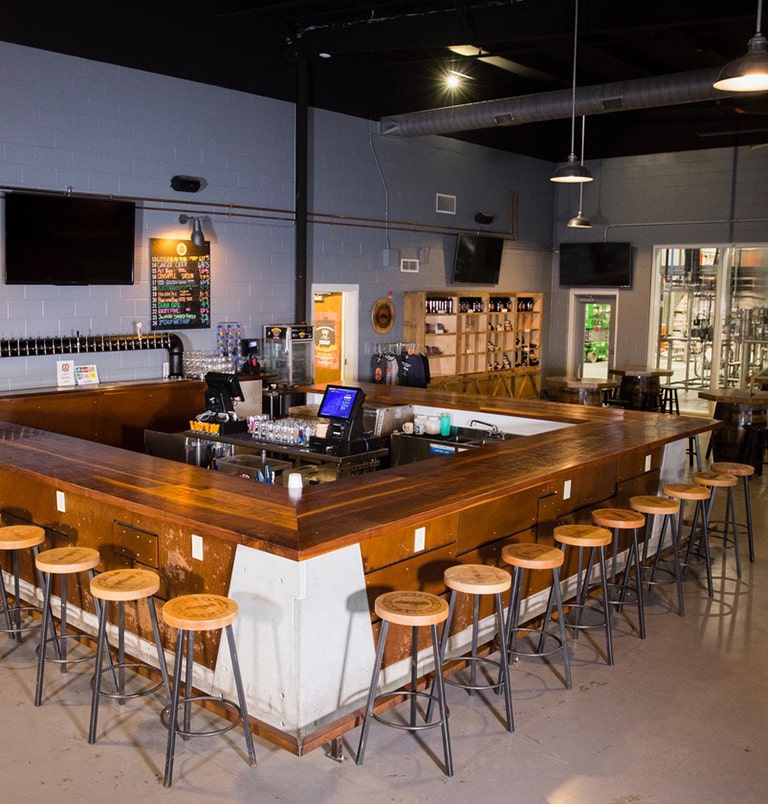








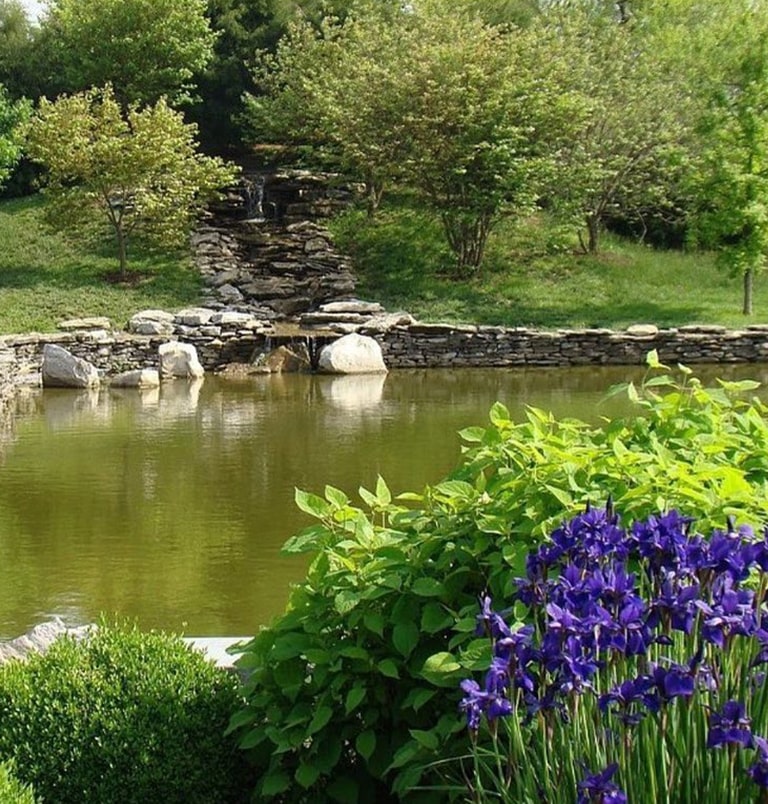








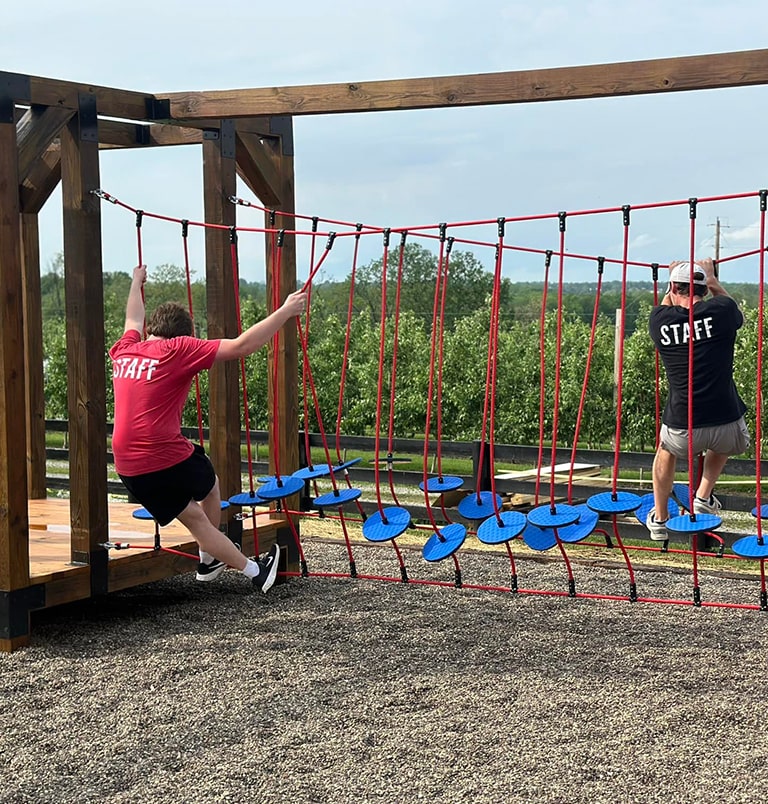



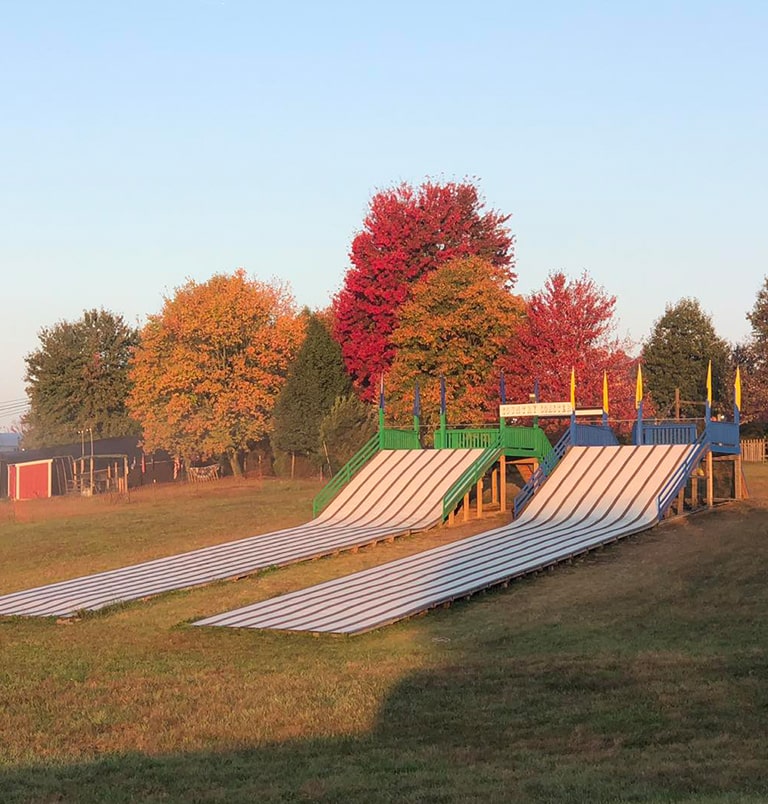











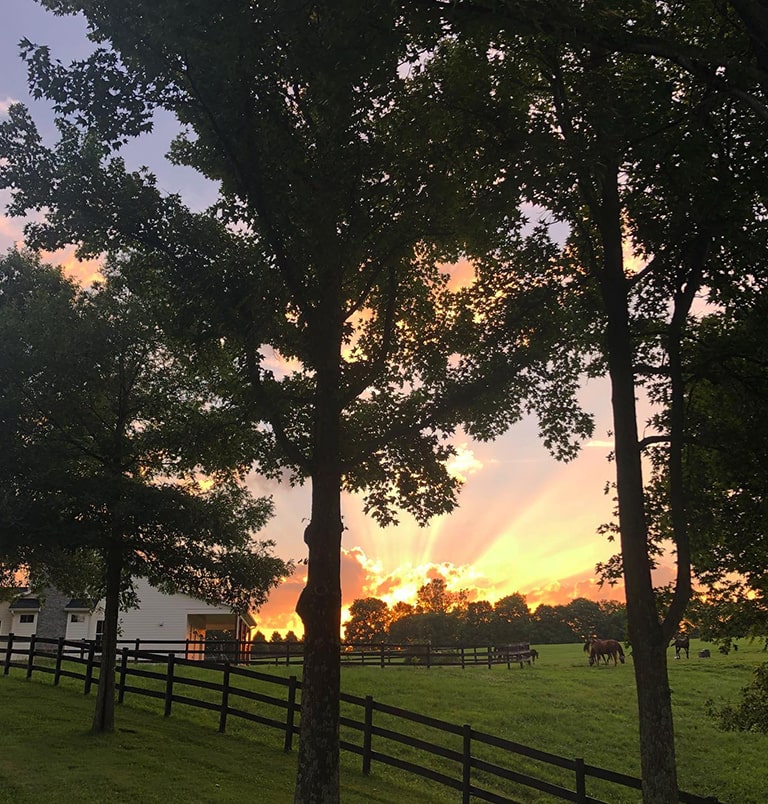














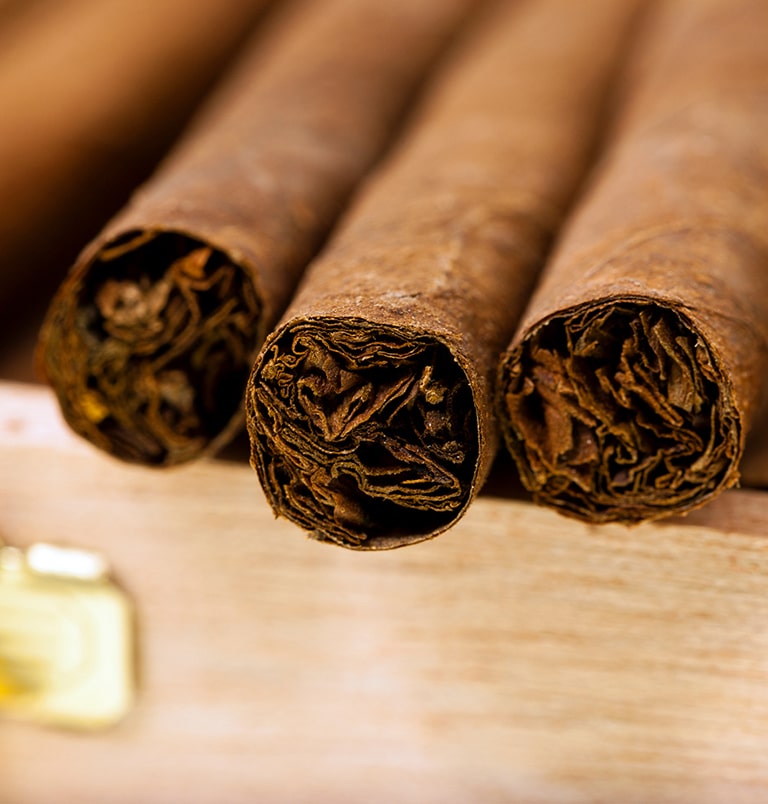






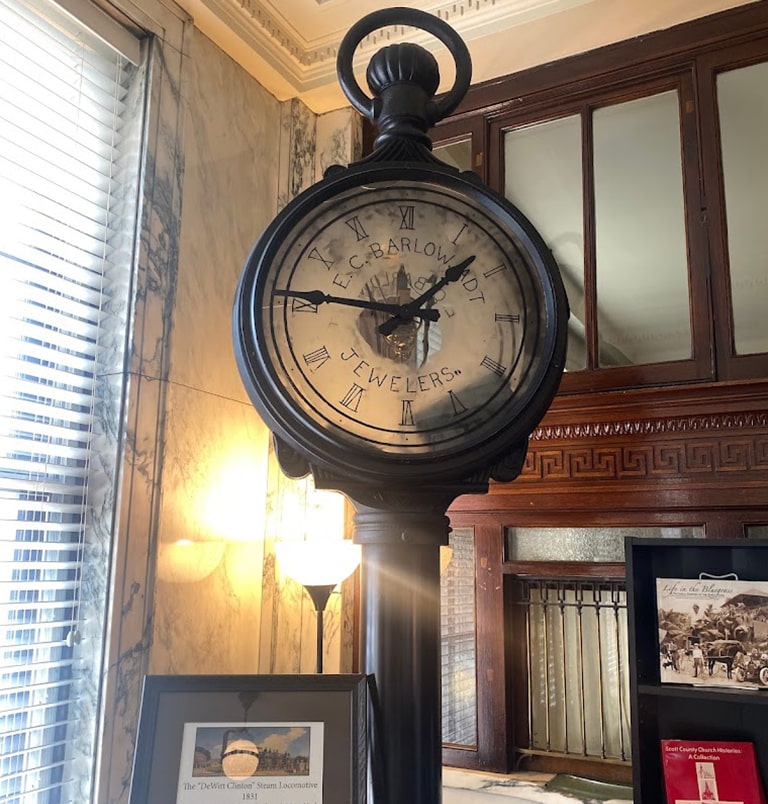



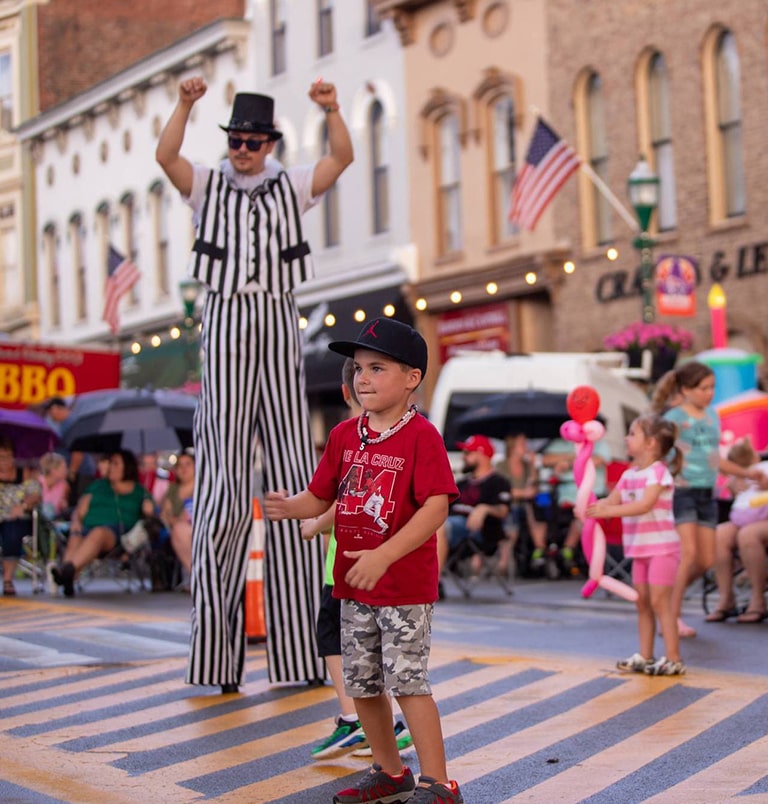
























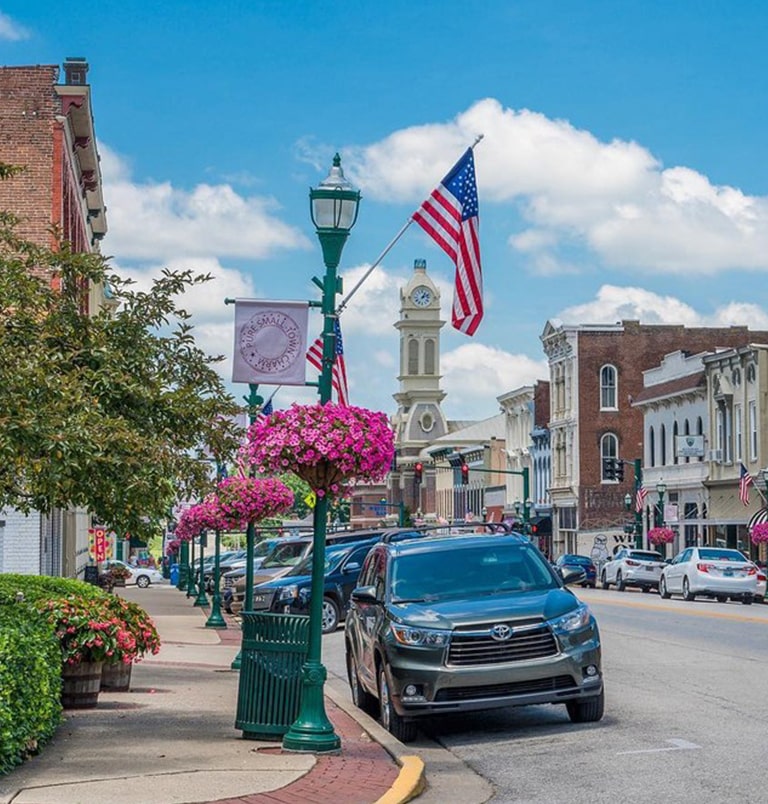





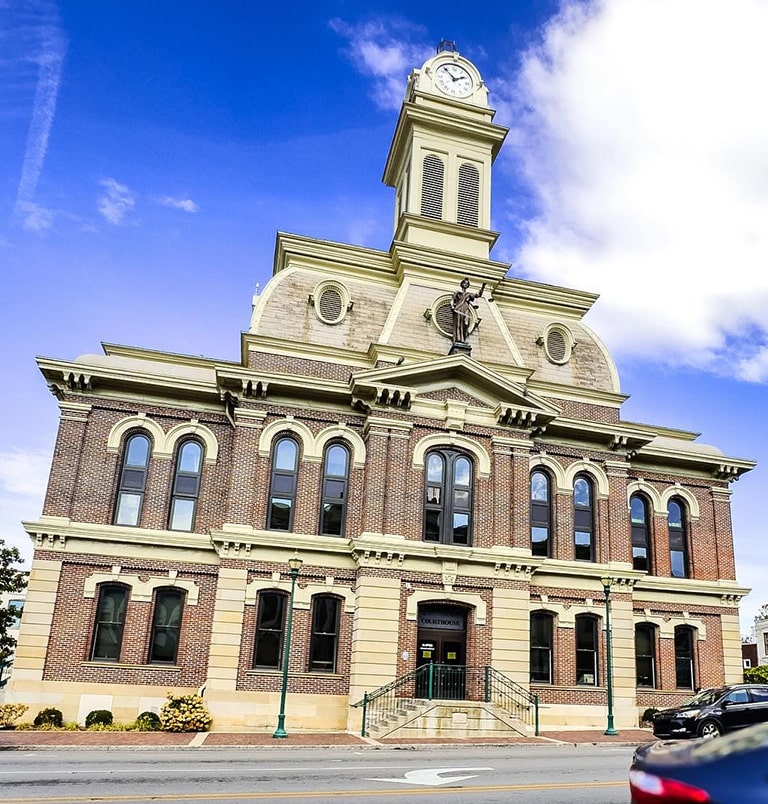





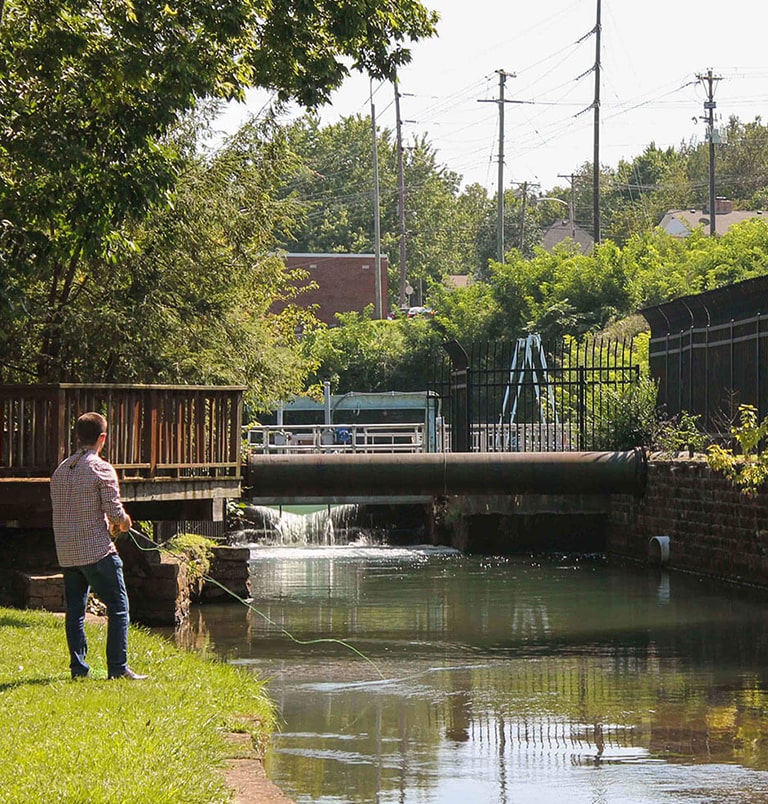
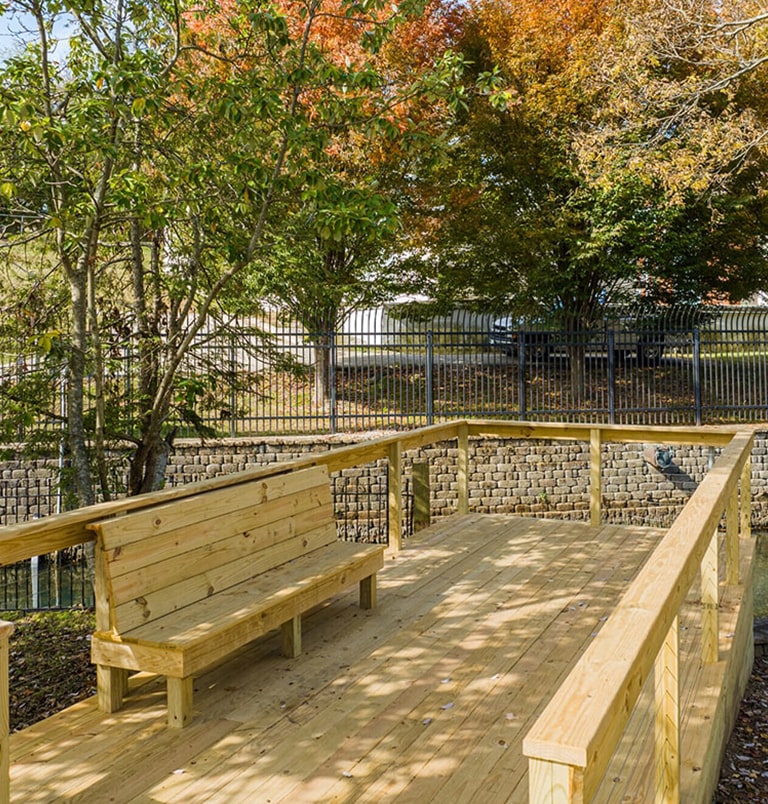

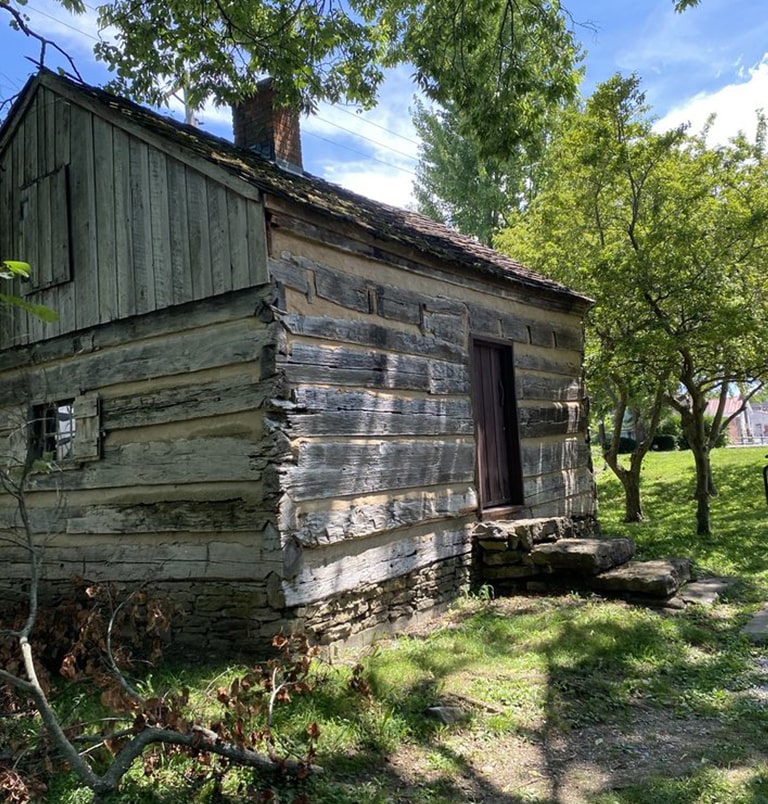
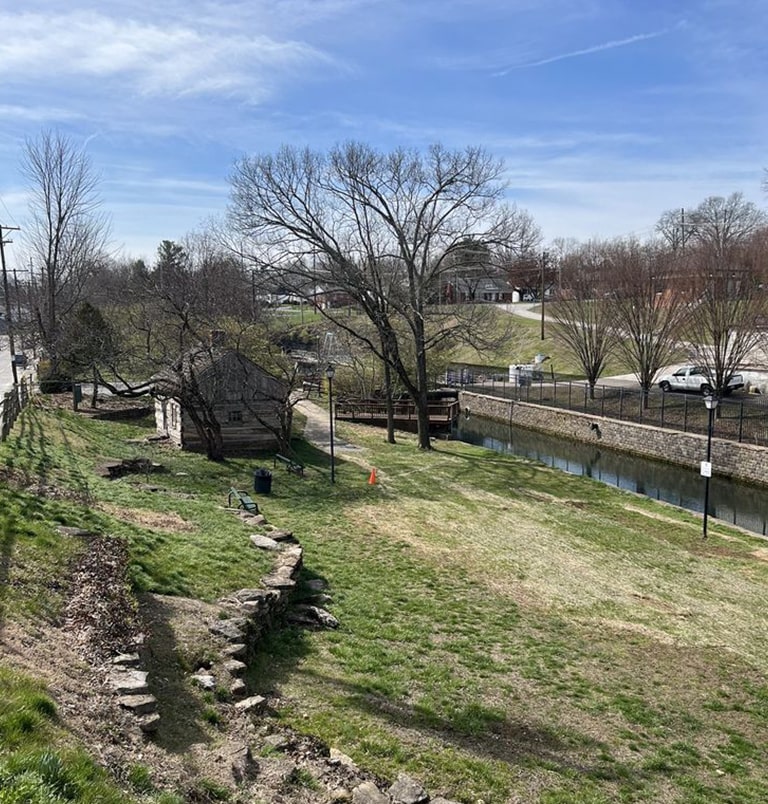














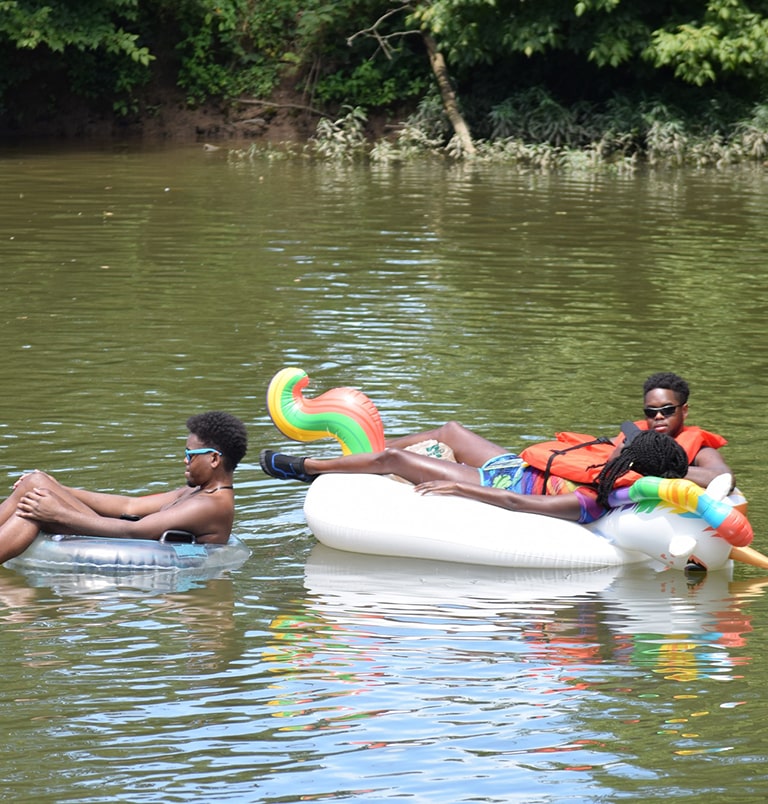


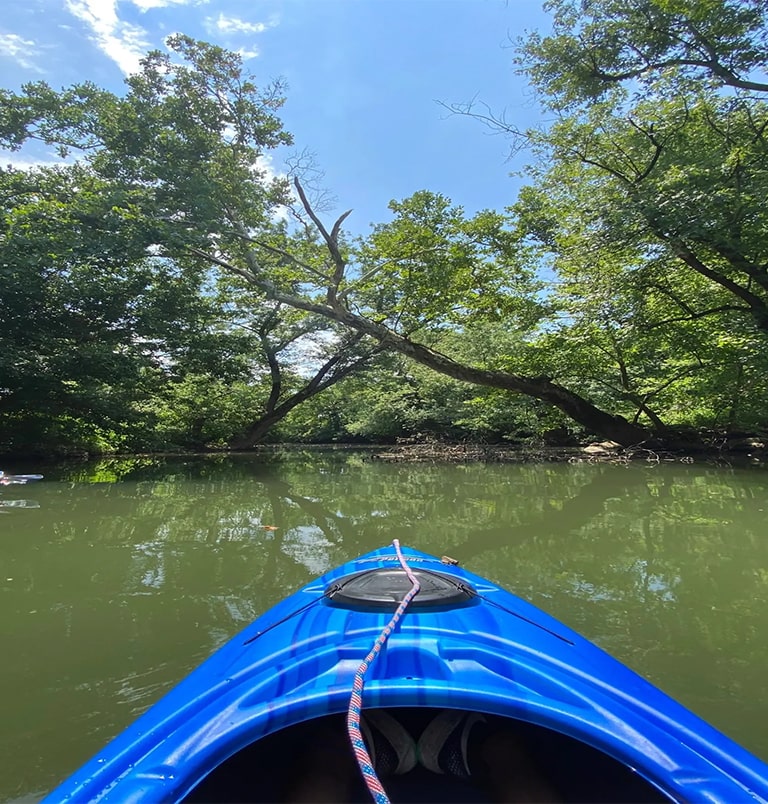


















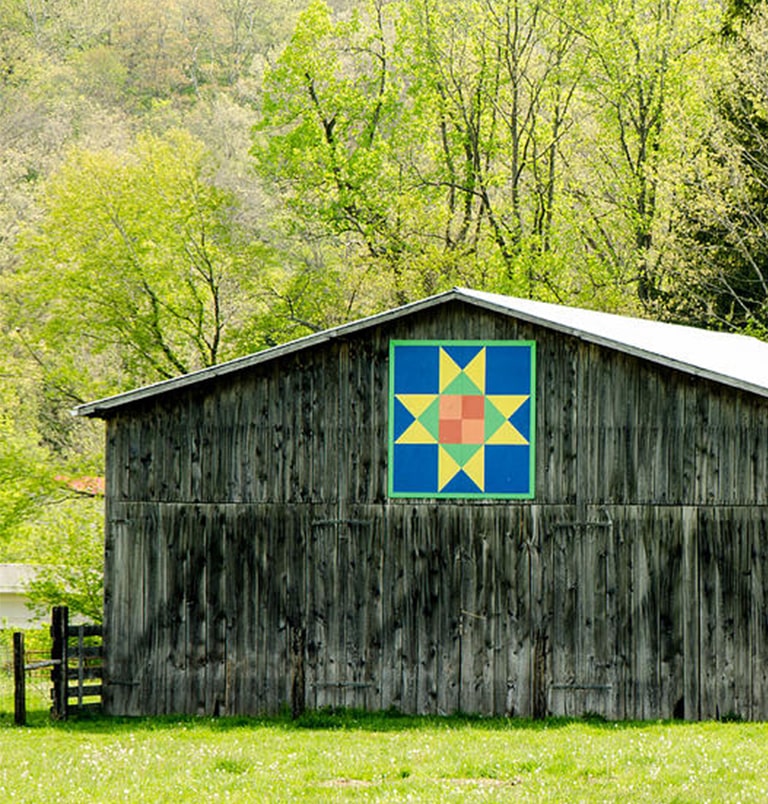




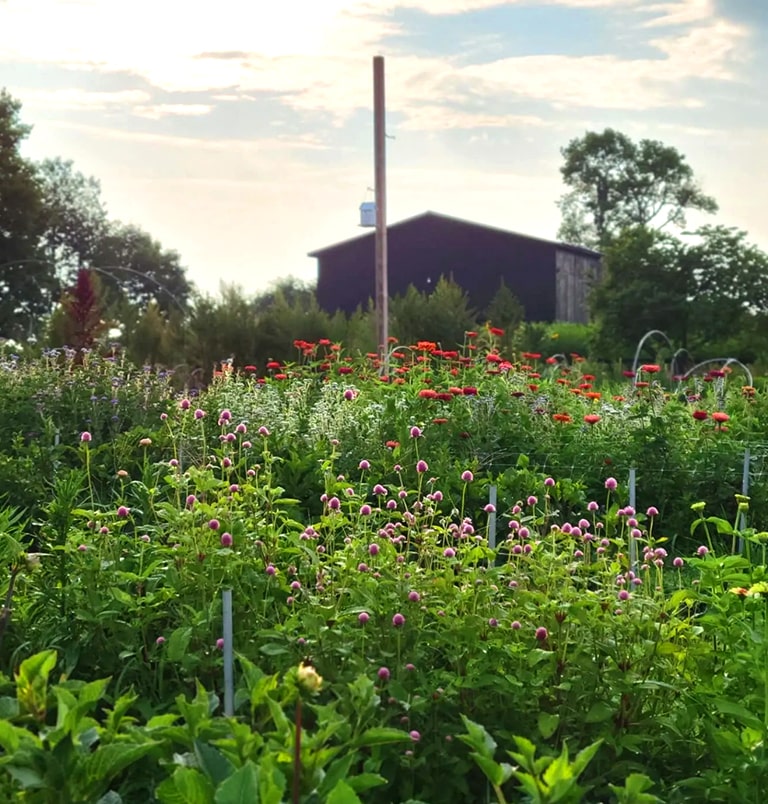










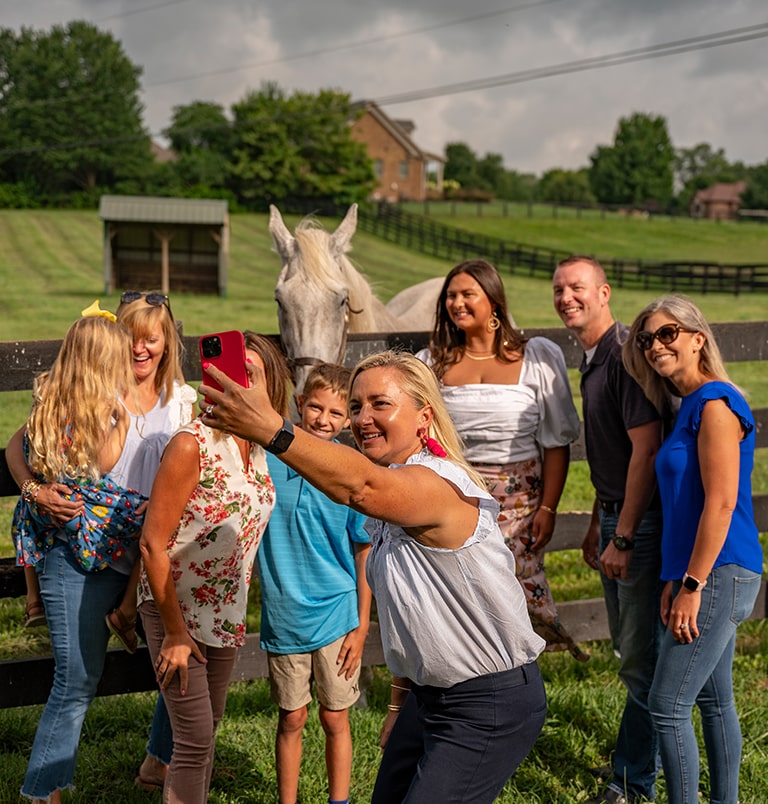













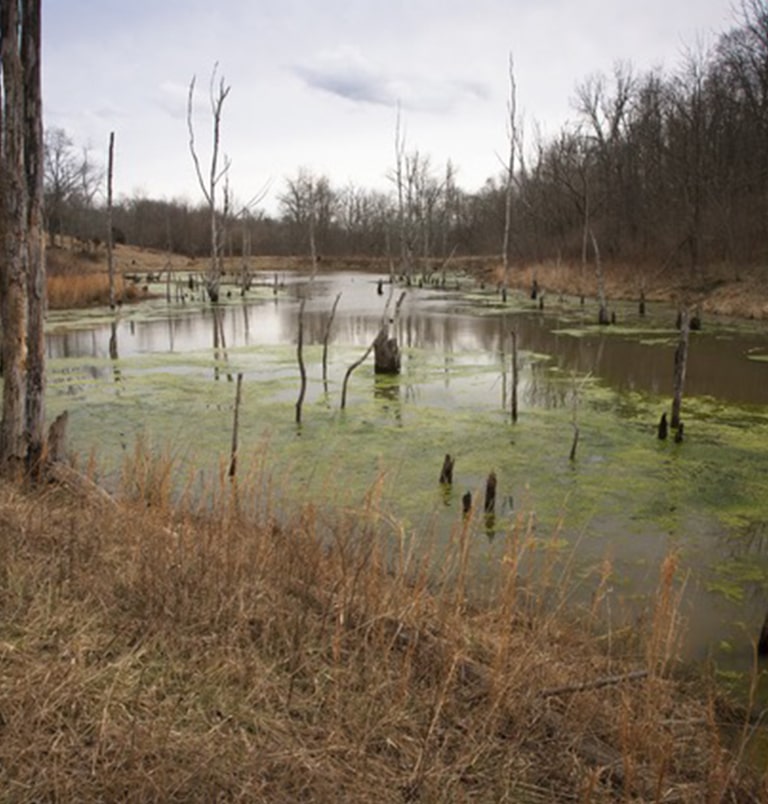
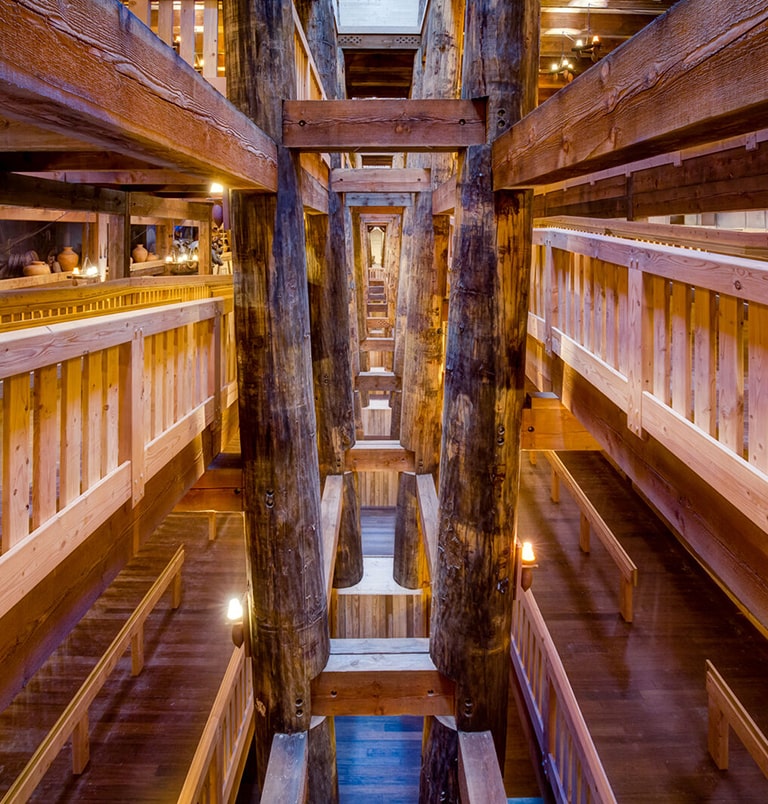










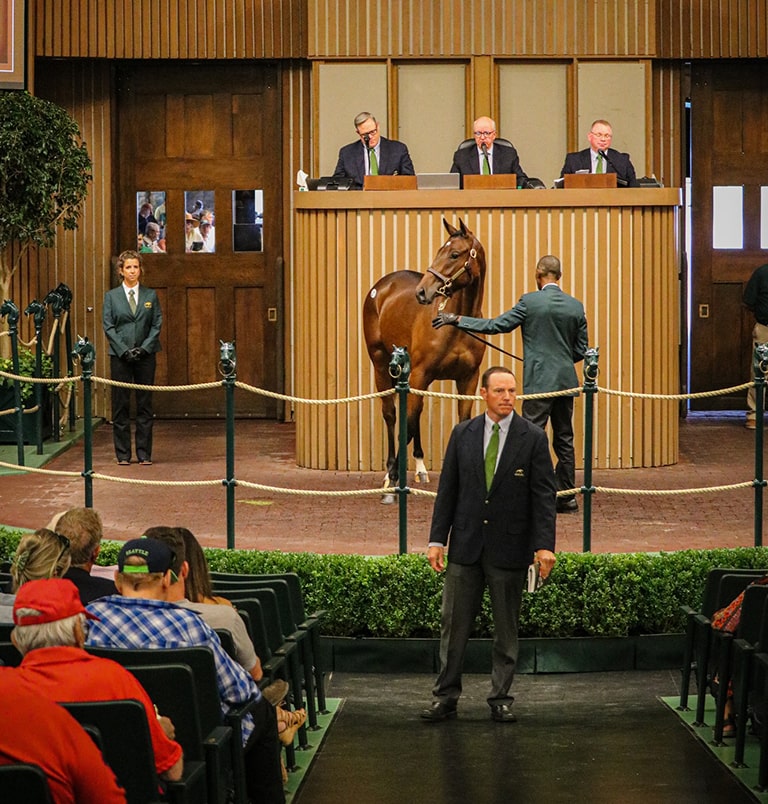



















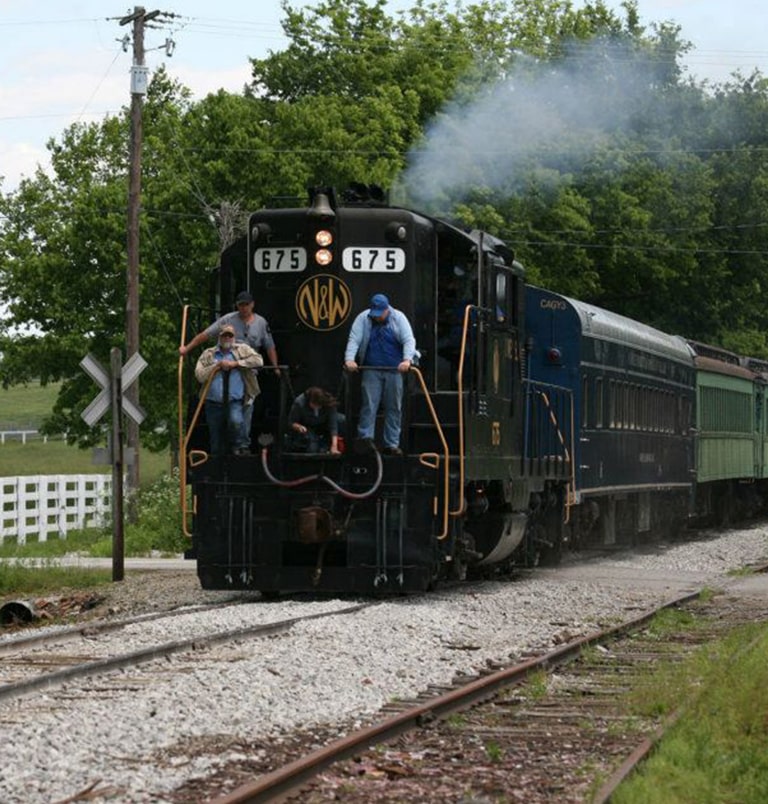









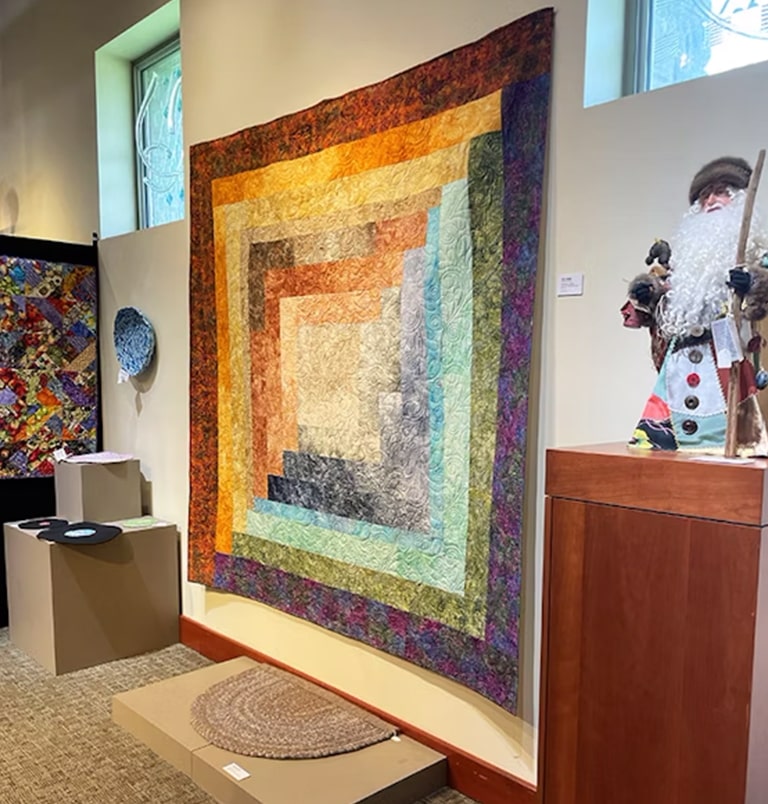


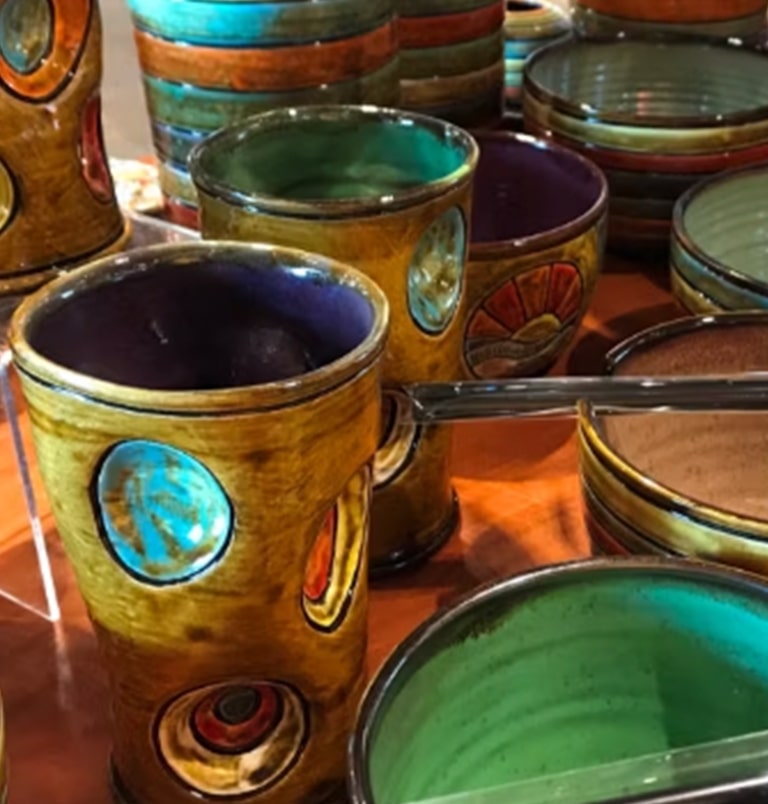
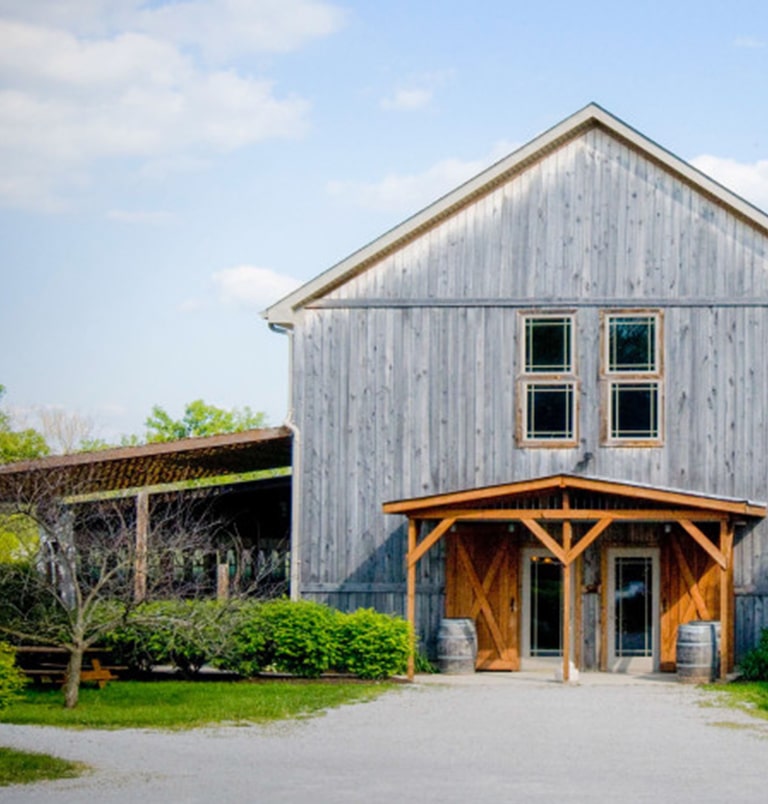







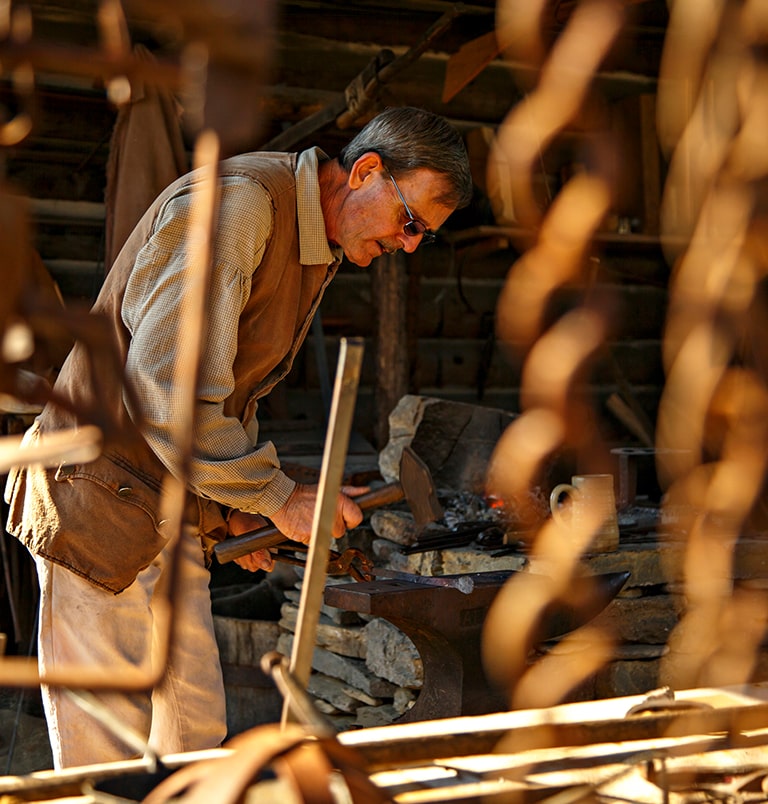

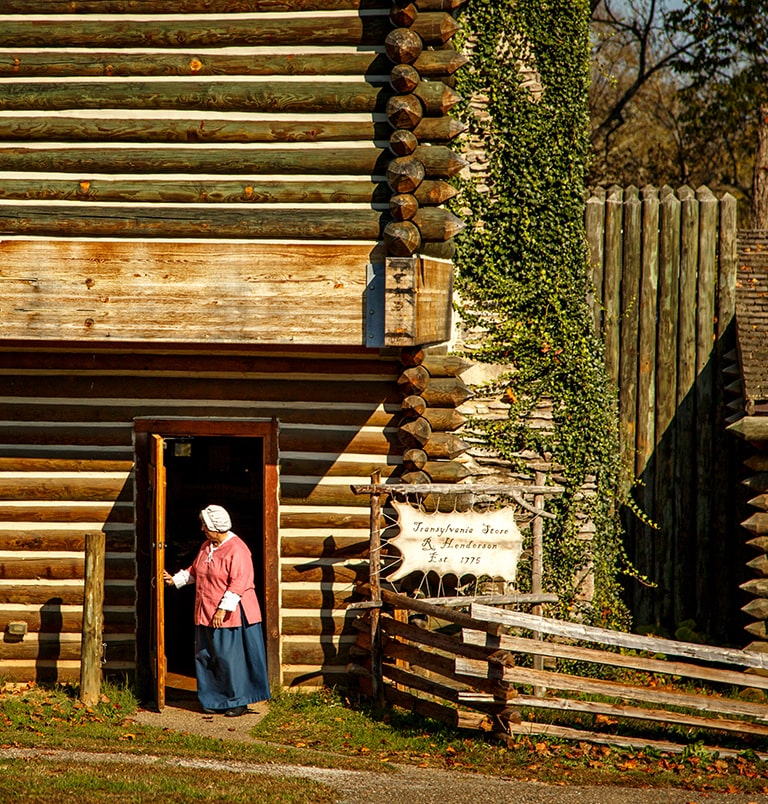







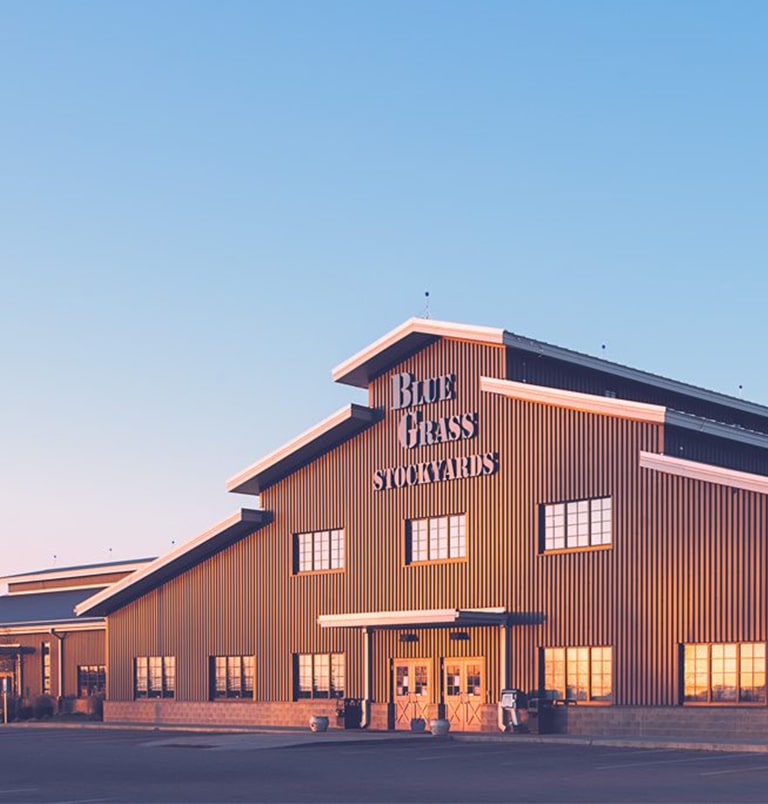


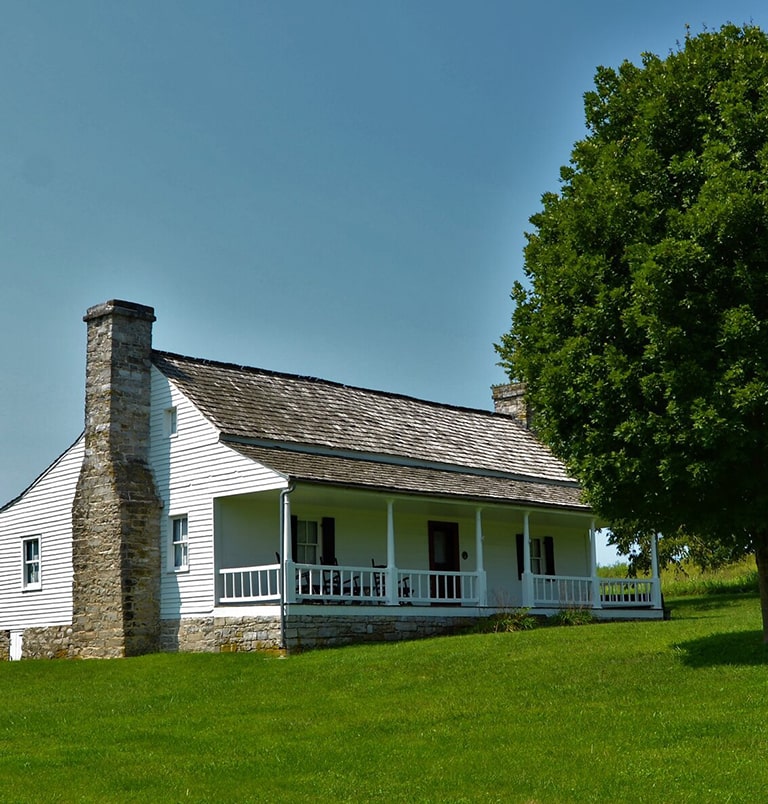
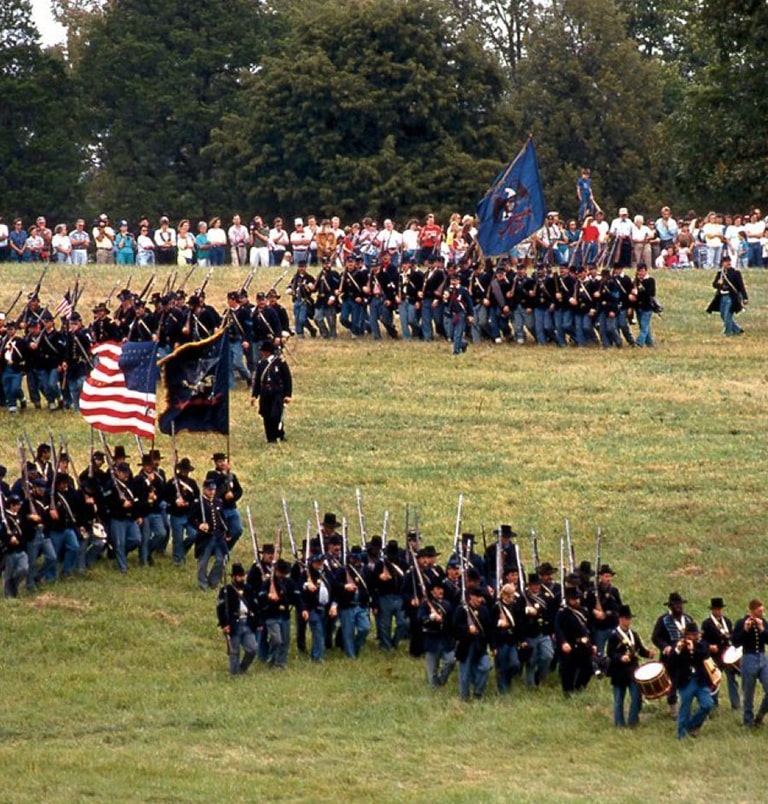


















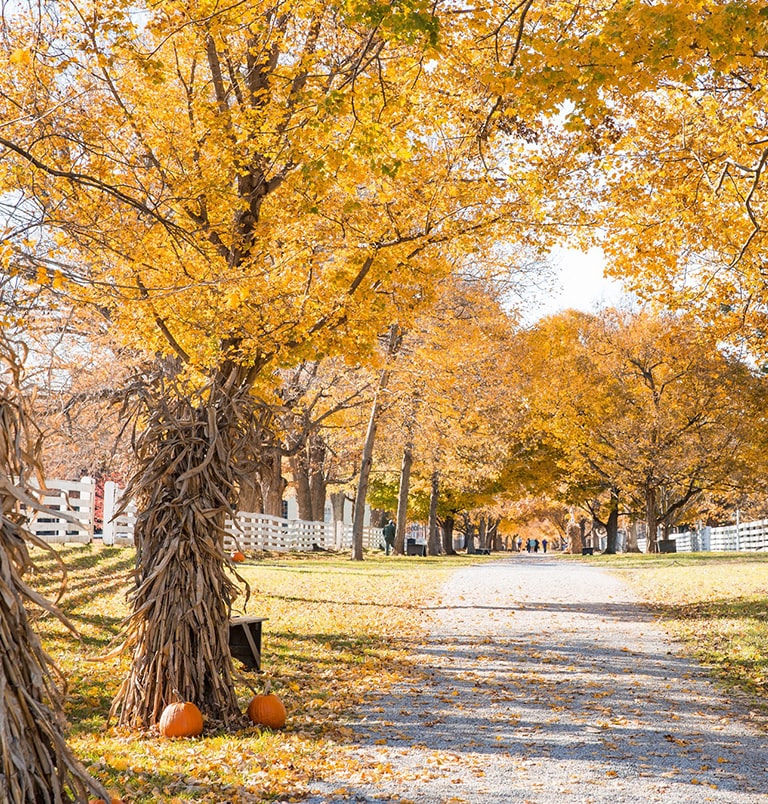



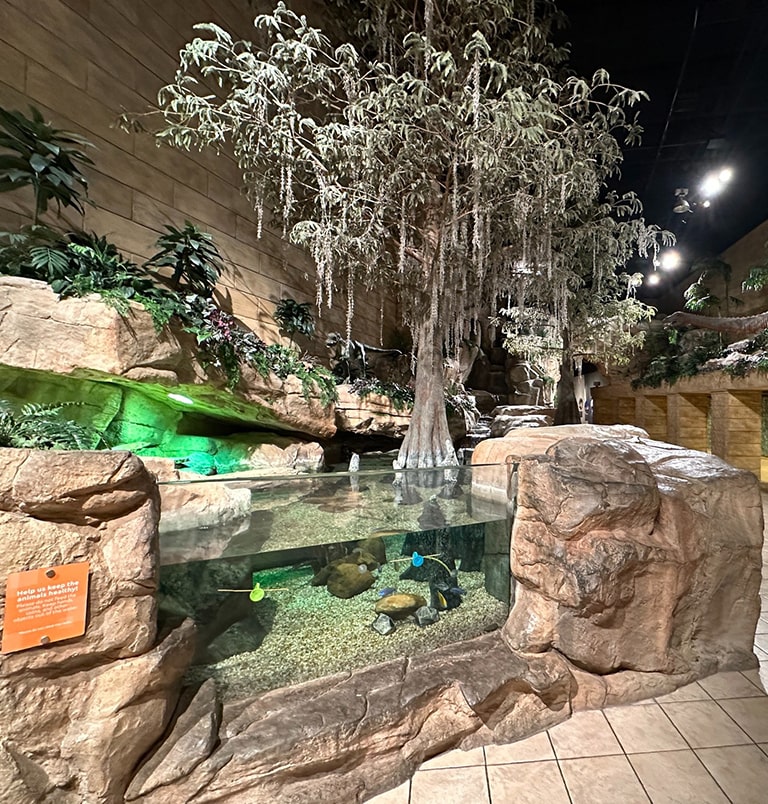











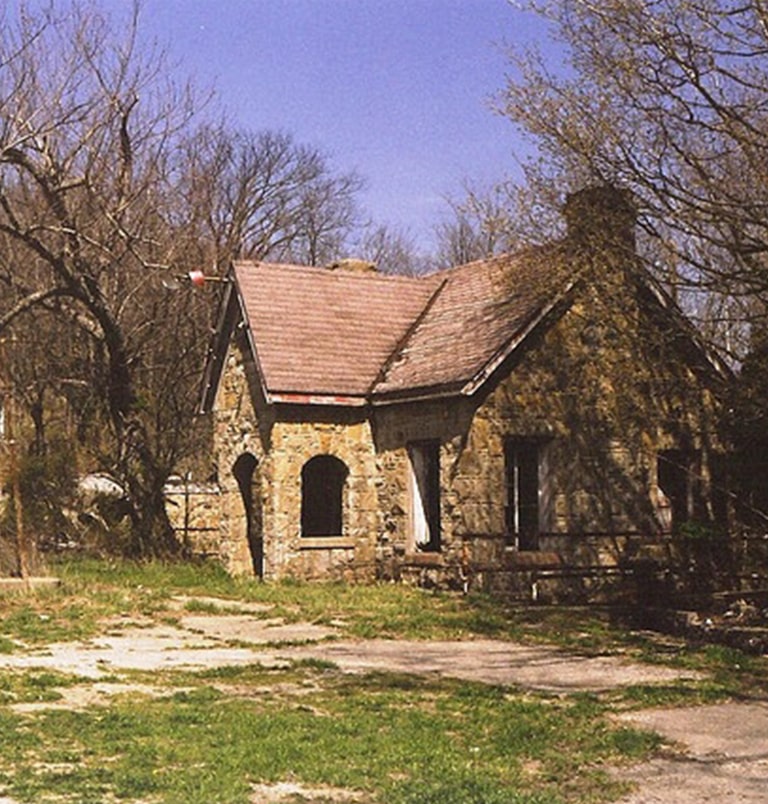






















 |
Baymont Inn | 250 Outlet Center Drive, 502-867-1648 | WEBSITE |
 |
Baymont Inn | 250 Outlet Center Drive, 502-867-1648 | WEBSITE |

Baymont Inn | 250 Outlet Center Drive,
502-867-1648 | WEBSITE

Best Western | 132 Darby Drive,
502-868-0055 | WEBSITE

Comfort Suites | 121 Darby Drive,
502-868-9500 | WEBSITE

Country Inn & Suites | 131 Darby Drive,
502-868-6800 | WEBSITE

Fairfield Inn & Suites | 200 Tiger Way,
502-868-4888 | WEBSITE

Hampton Inn | 128 Darby Drive,
502-867-4888 | WEBSITE

Hilton Garden Inn | 110 Grandstand Drive,
502-863-0099 | WEBSITE

Holiday Inn Express | 140 Osborne Way,
502-570-0220 | WEBSITE
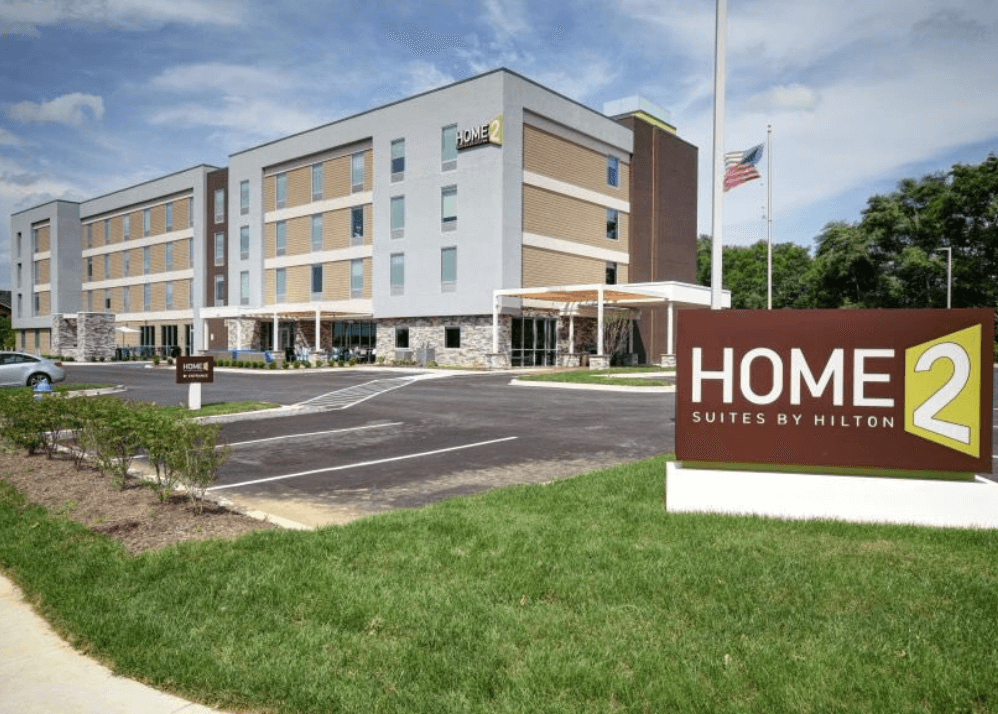
Home2 Suites by Hilton | 270 Tiger Way,
502-570-4663 | WEBSITE

MainStay Suites | 407 Cherry Blossom Way,
502-735-4714 | WEBSITE

Microtel Inn | 111 Darby Drive,
502-868-8000 | WEBSITE

Motel 6 | 401 Cherry Blossom Way,
502-863-1166 | WEBSITE

Quality Inn | 385 Cherry Blossom Way,
502-863-5000 | WEBSITE

Red Roof Inn/Hometowne Studios | 3075 Paris Pike Bldg A,
502-863-2240 | WEBSITE

Sleep Inn & Main Stay | 407 Cherry Blossom Way,
502-735-4714 | WEBSITE

Studio 6 | 401 Cherry Blossom way,
502-863-1166 | WEBSITE
Super 8 | 250 Tiger Way,
502-316-6500 | WEBSITE
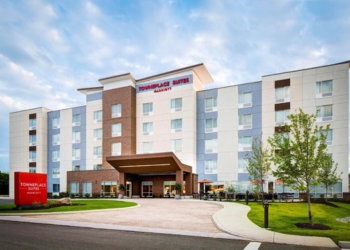
Townplace Suites | 150 Ikebana Drive
502-542-6383 | WEBSITE
Winners Circle Motel | 149 Edwards Ave,
502-863-6500 | WEBSITE
3Bd New Home - Free Bourbon Sample/Horse Park 11min
WEBSITE
4Bd Georgetown, KY Home - 30 min to Ark Encounter
WEBSITE
6Bd Historical Modern Stay - KY Horse Park 11 min
LINK 1, LINK 2, LINK 3, LINK 4, LINK 5
Arcadia Farm Cottage
WEBSITE
Arches of Kentucky
WEBSITE
Blackridge Hall B&B
4055 Paris Pike, 502-863-2069
WEBSITE
Bleubird Studio
WEBSITE, VIRTUAL TOUR
Bluegrass Getaway
WEBSITE
Bluegrass Retreat
WEBSITE
Buffalo Spring Distillery Company
3392 Main St., Stamping Ground, KY, 859-230-8254
WEBSITE
Casa de Blair
WEBSITE
Chardonneigh House
WEBSITE
Charming Downtown Retreat
WEBSITE
Charming Modern House - Horse Park / Kenneland / Toyota
WEBSITE
Cheerful Gtown Getaway
WEBSITE
Chic Main Street Retreat
WEBSITE
Cheerful Georgetown Getaway
714 Clayton Ave., Georgetown, KY
WEBSITE
Circle F Acres
WEBSITE
Creekside Hideaway
WEBSITE
Dark Horse Inn
WEBSITE
Delightful Dudley
WEBSITE
Downtown Georgetown Historic Hotel Stay
WEBSITE
Downtown Georgetown Shotgun House
WEBSITE
Dude & Momo's
WEBSITE
Elkhorn Creek Retreat
WEBSITE
Elkhorn View
WEBSITE
Elmcrest Farm
WEBSITE
Estill Court Cottage
WEBSITE
Excellence On Estill
WEBSITE
Farm Stay | World of Horses
WEBSITE
Georgetown Luxury Cottage
356 N. Broadway
WEBSITE
Georgetown Home - 6 Mi to Kentucky Horse Park!
WEBSITE
Glamping Ground
WEBSITE, WEBSITE
Great Crossings Farm
WEBSITE
Great Location
WEBSITE
Griffith 1860 Log Cabin
WEBSITE
Hidden Gem
WEBSITE
Historic Home Stay
WEBSITE
Holiday House
WEBSITE
Indigo House
WEBSITE
Kentucky's Finest
WEBSITE
Linden Place, LLC
VIDEO, WEBSITE
Little Gray House On Etter
WEBSITE
Lovely Home Away From Home
WEBSITE
Lovely Sadieville Retreat w/ Deck & Grill
WEBSITE
Marti's Place
WEBSITE
Midway AirBnb
WEBSITE
Modern Horse Barn
WEBSITE | 859-492-0883 | kathy@communityrealtyky.com
My Old Kentucky Home
WEBSITE
Ole Lemons
WEBSITE
Parker House
WEBSITE
Paynes Landing Retreat
WEBSITE
Peaceful Kentucky Cottage
WEBSITE
Pineapple Palace
WEBSITE
Queenslake B&B
292 Soards Rd., 702-885-1263
WEBSITE
Red, White, & Bluegrass
WEBSITE
Ridgeview Oasis
WEBSITE
Saddle's & Boots
WEBSITE
Sixteen Three Hands
WEBSITE
Springside Bed & Breakfast
WEBSITE
Springwood Cottage
WEBSITE
Stay & Play at Longview Golf Club
3243 Frankfort Rd., 502-863-2165
WEBSITE
The Clayton House
WEBSITE
The Cottage at Saxony Farm
WEBSITE
The Dew Drop in
WEBSITE
The Fort
WEBSITE
The House on the Corner
WEBSITE
The House on Main
WEBSITE
The Hide-Away
WEBSITE
The Indigo Home
WEBSITE
The Loft at Pine Knoll Farm
WEBSITE
The Luxe
WEBSITE
The Wicker
WEBSITE
Villa Point Luxury Glamp & Cottage
WEBSITE
Walk to G-Town College - Sleeps 8
WEBSITE
Wilhoite's Airbnb
WEBSITE
Wood Glen
WEBSITE
Woodland Hills
WEBSITE
Xenia At Rucker Avenue
WEBSITE
Your Kentucky Home
WEBSITE
Kentucky Horse Park Campground
4089 Iron Works Parkway, 859-259-4257
WEBSITE
Whispering Hills RV Park
257 Rogers Gap Road, 502-863-2552
WEBSITE
Deccember, 2025
The Georgetown/Scott County Tourism Office announced today that Executive Director Lori Cooper Saunders has been honored with the Kentucky Recreation and Park Society’s 2025 David Lose Award for her work in developing partnerships with and steadfast dedication to Georgetown–Scott County Parks & Recreation.
December, 2025
A new old-fashioned family holiday festival is planned that will transform Scott County Farmers Market Pavilion into a festive forest. The inaugural Flannel & Frost takes place from 6 to 9 p.m. on Saturday, Dec. 20.
December, 2025
What’s better than shopping local? Shopping locally for a good cause! Georgetown/Scott County Tourism invites the community to celebrate the spirit of giving during the Shop Local, Give Local event on December 13–14, 2025. Saturday 10am-4pm & Sunday 1pm-5pm
November, 2025
As the holiday season approaches, the streets of downtown Georgetown, Kentucky will sparkle with festive cheer during the annual community celebration. Brought to you by Georgetown/Scott COunty Tourism & Georgetown-Scott County Parks & Recreation.
November, 2025
Ward Hall Invites Guests to Step Into Christmas Past During Annual Candlelight Tours Georgetown, KY — Georgetown/Scott County Tourism is delighted to invite the community and visitors from across the region to experience one of Kentucky’s most magical holiday traditions
November, 2025
Historic Downtown Georgetown, Kentucky invites the community and visitors alike to join in the celebration of Small Business Saturday on November 29th as we go out of our way to shop small and support our amazing local businesses.
November, 2025
The Georgetown/Scott County Tourism Commission (GSCTC) has received multiple highly lauded awards at the recent Traverse Awards for Excellence in Kentucky Tourism from the Kentucky Travel Industry Association(KTIA). The awards were presented during the 2025 Kentucky Travel Industry...
August, 2025
Having a sister city with whom you can share your ideas, hopes and dreams is a very special relationship - whether it's between siblings or cities. In 1986, Tom Prather became mayor of Georgetown at the same time that Toyota Motor Company was breaking ground here on its first wholly...
August, 2025
Tourism today is Big Business. But, it doesn't seem that long ago that tourism was something of an afterthought - frivolous fun that, while enjoyable for all concerned, couldn't compete with essential services when it came to allocating dollars. That began to change in 1974, when...
June, 2025
The 2025 Horsey Hundred, held over Memorial Day Weekend, once again proved why it's considered Kentucky's premier cycling event - welcoming 1,478 registered riders from 38 states, the District of Columbia and Canada & generating an estimated $1 million in economic impact mainly in Georgetown and in surrounding areas.
May, 2025
Georgetown/Scott County, Kentucky is making getting out on the water easier by installing a contactless kayak rental station - coming to Cardome Park and a second to be announced location later this summer!
May, 2025
The heart of downtown is set to bloom with local flavor and community spirit as it celebrates the grand opening of the new Scott County Farmers' Market Pavilion on Saturday May 10th.
May, 2025
LF Heritage Distilling Co. brings unique bourbon experiences to the Birthplace of Bourbon with the first full-scale bourbon distillery operation in Scott COunty since Buffalo Springs Distilling Company closed in 1968.
April, 2025
Georgetown/Scott County Tourism welcomed tourism leaders across the state last week as the Kentucky Association of Convention and Visitors Beuraus hosted its Spring Conference in Georgetown.
February, 2025
The Georgetown/Scott County Tourism Commission is excited to unveil a new mural initiative to enhance the city’s visual appeal and community pride. The Commission seeks building owners who are interested in offering wall space for mural installations.
December, 2024
Lori Saunders, Executive director of Georgetown/Scott County Tourism, has been named President of the Kentucky Association of Convention and Visitors Bureaus (KACVB) for 2025. Lori brings years of experience in tourism and destination marketing to her new leadership role.
December, 2024
Tourism leaders from across Kentucky gather at KACVB's 4th quarter meeting in Fanklin, KY, gaining insights, strengthening statewide collaborations and recognizing excellence in the industry.
November, 2024
It's the most wonderful time of the year in Georgetown, KY! There's something about a small-town Christmas that engages the entire community and evokes a sense of nostalgia. Just think of it as a Norman Rockwell magazine cover spring to life, and it has big plans for the holiday season ahead.
November, 2024
Georgetown/Scott County Tourism is proud to announce its recognition for excellence in marketing and promotion, taking home awards for three outstanding marketing campaigns.
September, 2024
The 43rd ANnual Festival of the Horse gallops back into Downtown Georgetown, Kentucky September 6-8, bringing with it an expanded Festival Area, Kentucky craft vendors, local headlining musicians, a craft beer garden, all of your favorite foods, family fun activities and parades celebrating the Best of the Bluegrass.
June, 2024
Visitors seeking a weekend getaway in the heart of Kentucky are in luck as Kentucky's Bowling Green, Corbin, Franklin, Georgetown, Harlan and Shelby Co. have joined forces to showcase the unique cultural, historical and adventurous offerings of the Bluegrass State.
June, 2024
Georgetown/Scott County Tourism announces its participation in a statewide campaign launching on June 10th. This initiative, led by the Kentucky Lake Convention and Visitors Bureau aims to enhance the visibility and allure of Kentucky's diverse landscapes and activities.
May, 2024
Reports are out and the research conducted by Tourism Economics and commissioned by the Kentucky Department of Tourism reveals a year of remarkable economic development in 2023.
May, 2024
Party On The Square returns to Downtown Georgetown May 25th, 7-10pm with live music from Ohio's hottest party band, the Players Club alongside more family entertainment than ever before!
April, 2024
Horses, Horsepower and Hollers promises to be a distinctive and immersive journey through six key destinations in Kentucky, each offering its own unique blend of cultural, historical and adventurous experiences.
Horses, Horsepower and Hollers promises to be a distinctive and immersive journey through six key destinations in Kentucky, each offering its own unique blend of cultural, historical and adventurous experiences.
October, 2023
Enter Georgetown’s Dead Man’s Hollow & Haunted Highway with Kentucky After Dark, a new first-of-its-kind haunted hotspots trail that dares visitors to discover the paranormal side of Kentucky.
October, 2023
For some travelers, venturing off the beaten path can be intimidating, so many miss our beautiful downtowns, local shops and welcoming hospitality. KY's Joy Ride campaign encourages travelers to take the backroads and own the idea that life is all about the journey and not just the destination.
September, 2023
An exclusive 'eccentric rebel artist' exhibit at Hockensmith's Fine Art Editions Gallery & Press showcases the lifetime works of Henry Faulkner.
September, 2023
The best of the Bluegrass brings live music, kentucky made crafts, food, family fun and 3 days of parades to Historic Downtown Georgetown!
July, 2023
Following a two-year pandemic, Tourism across the nation entered a period of recovery and transition. Through careful planning and redoubled efforts Georgetown/Scott County Tourism now reports strong performance!
May, 2023
Georgetown lets the good times roll beginning May 27 with its annual Downtown Georgetown Concert Series bringing the party back to Main Street and continuing through Aug. 26 with Live music, food vendors and inflatables!
May, 2023
National Travel & Tourism Week is an annual event that is celebrated throughout the nation, bringing light to the power of travel and the amazing economic impact it can bring to communities across America.
February, 2023
To celebrate Women’s History Month, Georgetown/Scott County Tourism is featuring one local woman a day through March in its “Women of Georgetown” series. The series will be published across Georgetown’s social media platforms, sharing insights, achievements and inspiration of community leaders, business owners and professionals on its G-town Unwound blog, Facebook page and Instagram feed.
December, 2022
Lori Cooper Saunders was named KTIA Member of the Year during the Kentucky Travel Industry Association's annual meeting in November in Lexington, KY. Saunders is the executive director of the Georgetown/Scott County Tourism Commission, a position she has held since 2016.
November, 2022
Small Business Saturday takes place on November 26 this year, providing an opportunity to discover, celebrate and support small businesses. More than four dozen distinctive and independently owned small businesses are located in Georgetown, lining the streets of the downtown and adding color, vibrancy and activity to the historic district.
September, 2022
Super 8 by Wyndham Georgetown today announced it has been recognized by Wyndham Hotels and Resorts as a Super 8 Pride Award winner AND by TripAdvisor as a 2022 Travelers’ Choice Award winner. These awards celebrate top performing hotels that have received outstanding guest reviews from travelers around the globe, and as challenging as the past two years have been, Super 8 by Wyndham Georgetown stood out by consistently delivering positive and accommodating experiences to their guests.
August 25, 2022
The 41st Annual Festival of the Horse gallops back into Kentucky Horse Headquarters the weekend of September 9-11, bringing with it all-new street performers, Kentucky craft vendors, local headlining musicians, a craft beer garden, all of your favorite festival foods, family-fun activities like Fox Creek Amusement rides as well as the Toyota Grand Parade of Horses, the Georgetown Community Hospital Colt & Filly Review Parade and more at this free-admission event that celebrates the role of the horse and its heritage.
August 2, 2022
COVID-19 had a devastating impact on most of the world’s industries and economies. One of the hardest hit was the travel and tourism industry, with trillions of dollars in lost spending and pandemic fallout contributing heavily to unemployment.
June 7, 2022
Georgetown goes all in for Juneteenth with a celebration taking place on Saturday, June 18, at Ed Davis Park and featuring a full afternoon and evening of food, fun, music and more. All are invited to come join in the festivities of this important national day of observance.
August 17, 2021
The 40th Annual Festival of the Horse gallops into Kentucky Horse Headquarters the weekend of September 10-12, bringing with it more Kentucky craft vendors than ever before. Expect the fest to be back in full swing in anticipation of marking its 40th anniversary, with local headlining musicians, a variety of awesome vendors, a craft beer garden, all of your favorite festival foods, family-fun activities like Fox Creek Amusement rides as well as the Toyota Grand Parade of Horses, the Georgetown Community Hospital Colt & Filly Review Parade, Horse Show & Games and more at this free-admission event that celebrates the role of the horse and its heritage.
July 7, 2021
The third annual Elkhorn Creek Float Fest takes place Saturday, August 7, at Peninsula Park in Scott County. This family-friendly event features a full day float from 11 a.m. to 5 p.m. on Kentucky’s longest and loveliest creek and includes music, food and prizes and a chance to learn about local waterways.
To receive our monthly edition of Gtown Inspires, please sign up HERE.
Aug 8, 2023
Gtown Inspires - Horse 101
How much do you REALLY know about horses? Bust some of those myths and learn more than ever before at this amazing attraction just a short drive from Georgetown! MORE
Jan 30, 2023
Gtown Inspires - Travel For Good Health
Did you know that travel has lasting benefits to your overall health? As if we needed any more reasons to get out and adventure this 2023 season! MORE
Dec 10, 2022
Gtown Inspires - Georgetown's Holiday Bucket List
These are holiday events and attractions you WON'T want to miss this 2023 holiday season. From light shows to historic homes, there's no shortage of Kentucky-style christmas events in Central Kentucky. MORE
Nov 5, 2022
Gtown Inspires - Farm Fresh In Georgetown
Georgetown is Kentucky Proud, and our farmers markets are so much more than just produce. Take a dive into the local crafts, artistry and businesses who bring our Bluegrass culture to life. MORE
March 30, 2022
Gtown Inspires - This or That In Georgetown, KY
There's so many choices to make in Georgetown, from panhandle to pub-culture to horses and bourbon! We're here to help you make those tough decisions, or not choose at all... Why not just do it all! Find out MORE
November 30, 2022
Gtown Inspires - Shop Small This Holiday Season!
Let's push pause and take a moment to reflect on how much our small locally owned businesses mean to us and the community. While 2021 brought in a slight sigh of relief for small businesses it has remained a roller coaster with ups and downs. Find out MORE
August 10, 2021
Gtown Inspires - All Weather Adventures!
We all go on vacation expecting the weather to be absolutely beautiful with blue, sunny skies, and perfect temperatures. But we also know it’s just gonna rain one day or part of a day! Here's my top 10 favorite rainy day activities for adults. Find out MORE
June 1, 2021
Gtown Inspires - Venture Outdoors In Gtown
Here is our list of some fun, frugal and local approved outdoor things to do with your kids in Georgetown, KY! Find out MORE
May 1, 2021
Gtown Inspires - Celebrate The Power of Travel
National Travel and Tourism Week is an opportunity to remind visitors and residents of the incredible contributions of the travel industry. As part of this effort we are encouraging everyone to get out and travel! Find out MORE
April 1, 2021
Gtown Inspires - Agritourism In Scott County
Recently Small Biz Trends ranked Kentucky as the best place to start a farm in 2021. We invite y’all to roll up your sleeves, get your hands dirty, and help “Git-R-Done” at one of the Top 10 AgriTourism locations in Georgetown, Kentucky. Find out MORE
March 1, 2021
Gtown Inspires - Happy Go Lucky in Gtown Kentucky
March is when the long, dark days of winter are officially over and we spring forward on Sunday, March 14. The days will get longer with earlier dawns, the nights shorter with later sunsets, more sunlit hours will brighten the day and the sun will be much warmer! Find out MORE
February 1, 2021
Gtown Inspires - Love Is In The Air In Historic Georgetown!
Find those picture perfect moments this Valentines day in the heart of Georgetown. Find out MORE
January 8, 2021
Gtown Inspires - The New Year brings a renewed hope of better days to come!
To help you out I have listed my top 5 reasons to encourage friends and family to Shop, Dine, Play, and Stay in Georgetown, KY! Find out MORE
December 3, 2020
Gtown Inspires - A moment of reflection and gratitude
Georgetown/Scott County Tourism worked diligently to adapt to the situation by creating new partnerships, reinventing marketing strategies and messaging, attracting new audiences, and giving even greater support to our local businesses and community. We purposely expanded our efforts to share our story and experiences virtually but most importantly we all worked together to keep the Spirit of Georgetown/Scott County Alive! Find out MORE
November 3, 2020
Gtown Inspires - Attitude of Gratitude
There is something special about traveling to a small town during the holiday season where locally-owned eats and boutiques are in abundance. Find out MORE
October 2, 2020
Gtown Inspires - Scenic Routes for Leaf Peepin’
It’s officially October, which means fall is in full swing and the perfect time to leaf peep as the colors are starting to pop, pop, pop! You will see an array of leaves change into an explosion of colors. Find out MORE
September 3, 2020
Gtown Inspires - #TravelKYConfidently
Kentucky’s Horse Headquarters - Georgetown, KY has slowly been re-opening during COVID-19 and you may be asking yourself is it safe to travel to Kentucky. In Georgetown, we want our guests to #TravelKYConfidently. Find out MORE
August 3, 2020
Gtown Inspires - All Roads Lead to Georgetown, KY
Here in Georgetown, KY we have the perfect road trip destination. Locals like to say “all roads lead to Georgetown” because we are centrally located in the golden triangle of Cincinnati, Louisville, and Lexington; perfectly situated on the crossroads of I-75 and I-64 and within a day’s drive to 2/3 of America’s population. Find out MORE
July 2, 2020
Gtown Inspires - Gracious hospitality is a part of our small-town charm
Georgetown, KY is known for its spirited title, the (disputed) Birthplace of Bourbon, but the real spirit of Georgetown begins with its people. Find out MORE
June 8, 2020
Gtown Inspires - Keeping the Spirit of Small-Town Charm Alive as we Welcome Visitors Back!
Georgetown/Scott County has everything you imagine a small town to be, from the rich history, amazing architecture, the beauty of our bluegrass and attractions, locally owned shops and restaurants, art galleries, local festivals, and authentic hospitality. MORE
May 4, 2020
Gtown Inspires - National Travel and Tourism Week
National Travel and Tourism Week is an opportunity to remind our visitors and our residents of the incredible spirit and resiliency of the travel industry and our workforce. Although we can’t meet in person, we can stay connected, unified and supportive from afar, rallying around the Spirit of Travel. MORE
April 9, 2020
Introducing: Gtown Inspires - A Virtual Travelogue of Kentucky's Horse Headquarters
It is with great pleasure to share with you this edition of our newly designed, Gtown Inspires guide, showcasing what makes Georgetown so special; the authenticity of our people, the exceptional experiences offered by our attractions, and the resiliency of our small-town businesses. The Spirit of Georgetown is always Alive! MORE
The 4th Annual United We Shop vendor fair is an exciting day of...
The 4th Annual United We Shop vendor fair is an exciting day of shopping, local goods and...
United We Shop Returns for Its 5th Anniversary!
Mark your calendars and bring your shopping...
{reform 5}




























GTOWN INSPIRES
VIDEOS
VIRTUAL TOURS
SOCIAL MEDIA POLICY
NEWS

BLOG / MAP / MEETINGS / NEWS / RESOURCES / TOURISM PARTNERS / CONTACT / eNEWSLETTER
CALL US: 502-863-2547
OPEN HOURS: Monday - Friday 9am-5pm





































































































































































































































































































































 |
Baymont Inn | 250 Outlet Center Drive, 502-867-1648 | WEBSITE |
 |
Baymont Inn | 250 Outlet Center Drive, 502-867-1648 | WEBSITE |

Baymont Inn | 250 Outlet Center Drive,
502-867-1648 | WEBSITE

Best Western | 132 Darby Drive,
502-868-0055 | WEBSITE

Comfort Suites | 121 Darby Drive,
502-868-9500 | WEBSITE

Country Inn & Suites | 131 Darby Drive,
502-868-6800 | WEBSITE

Fairfield Inn & Suites | 200 Tiger Way,
502-868-4888 | WEBSITE

Hampton Inn | 128 Darby Drive,
502-867-4888 | WEBSITE

Hilton Garden Inn | 110 Grandstand Drive,
502-863-0099 | WEBSITE

Holiday Inn Express | 140 Osborne Way,
502-570-0220 | WEBSITE

Home2 Suites by Hilton | 270 Tiger Way,
502-570-4663 | WEBSITE

MainStay Suites | 407 Cherry Blossom Way,
502-735-4714 | WEBSITE

Microtel Inn | 111 Darby Drive,
502-868-8000 | WEBSITE

Motel 6 | 401 Cherry Blossom Way,
502-863-1166 | WEBSITE

Quality Inn | 385 Cherry Blossom Way,
502-863-5000 | WEBSITE

Red Roof Inn/Hometowne Studios | 3075 Paris Pike Bldg A,
502-863-2240 | WEBSITE

Sleep Inn & Main Stay | 407 Cherry Blossom Way,
502-735-4714 | WEBSITE

Studio 6 | 401 Cherry Blossom way,
502-863-1166 | WEBSITE
Super 8 | 250 Tiger Way,
502-316-6500 | WEBSITE

Townplace Suites | 150 Ikebana Drive
502-542-6383 | WEBSITE
Winners Circle Motel | 149 Edwards Ave,
502-863-6500 | WEBSITE
3Bd New Home - Free Bourbon Sample/Horse Park 11min
WEBSITE
4Bd Georgetown, KY Home - 30 min to Ark Encounter
WEBSITE
6Bd Historical Modern Stay - KY Horse Park 11 min
LINK 1, LINK 2, LINK 3, LINK 4, LINK 5
Arcadia Farm Cottage
WEBSITE
Arches of Kentucky
WEBSITE
Blackridge Hall B&B
4055 Paris Pike, 502-863-2069
WEBSITE
Bleubird Studio
WEBSITE, VIRTUAL TOUR
Bluegrass Getaway
WEBSITE
Bluegrass Retreat
WEBSITE
Buffalo Spring Distillery Company
3392 Main St., Stamping Ground, KY, 859-230-8254
WEBSITE
Casa de Blair
WEBSITE
Chardonneigh House
WEBSITE
Charming Downtown Retreat
WEBSITE
Charming Modern House - Horse Park / Kenneland / Toyota
WEBSITE
Cheerful Gtown Getaway
WEBSITE
Chic Main Street Retreat
WEBSITE
Cheerful Georgetown Getaway
714 Clayton Ave., Georgetown, KY
WEBSITE
Circle F Acres
WEBSITE
Creekside Hideaway
WEBSITE
Dark Horse Inn
WEBSITE
Delightful Dudley
WEBSITE
Downtown Georgetown Historic Hotel Stay
WEBSITE
Downtown Georgetown Shotgun House
WEBSITE
Dude & Momo's
WEBSITE
Elkhorn Creek Retreat
WEBSITE
Elkhorn View
WEBSITE
Elmcrest Farm
WEBSITE
Estill Court Cottage
WEBSITE
Excellence On Estill
WEBSITE
Farm Stay | World of Horses
WEBSITE
Georgetown Luxury Cottage
356 N. Broadway
WEBSITE
Georgetown Home - 6 Mi to Kentucky Horse Park!
WEBSITE
Glamping Ground
WEBSITE, WEBSITE
Great Crossings Farm
WEBSITE
Great Location
WEBSITE
Griffith 1860 Log Cabin
WEBSITE
Hidden Gem
WEBSITE
Historic Home Stay
WEBSITE
Holiday House
WEBSITE
Indigo House
WEBSITE
Kentucky's Finest
WEBSITE
Linden Place, LLC
VIDEO, WEBSITE
Little Gray House On Etter
WEBSITE
Lovely Home Away From Home
WEBSITE
Lovely Sadieville Retreat w/ Deck & Grill
WEBSITE
Marti's Place
WEBSITE
Midway AirBnb
WEBSITE
Modern Horse Barn
WEBSITE | 859-492-0883 | kathy@communityrealtyky.com
My Old Kentucky Home
WEBSITE
Ole Lemons
WEBSITE
Parker House
WEBSITE
Paynes Landing Retreat
WEBSITE
Peaceful Kentucky Cottage
WEBSITE
Pineapple Palace
WEBSITE
Queenslake B&B
292 Soards Rd., 702-885-1263
WEBSITE
Red, White, & Bluegrass
WEBSITE
Ridgeview Oasis
WEBSITE
Saddle's & Boots
WEBSITE
Sixteen Three Hands
WEBSITE
Springside Bed & Breakfast
WEBSITE
Springwood Cottage
WEBSITE
Stay & Play at Longview Golf Club
3243 Frankfort Rd., 502-863-2165
WEBSITE
The Clayton House
WEBSITE
The Cottage at Saxony Farm
WEBSITE
The Dew Drop in
WEBSITE
The Fort
WEBSITE
The House on the Corner
WEBSITE
The House on Main
WEBSITE
The Hide-Away
WEBSITE
The Indigo Home
WEBSITE
The Loft at Pine Knoll Farm
WEBSITE
The Luxe
WEBSITE
The Wicker
WEBSITE
Villa Point Luxury Glamp & Cottage
WEBSITE
Walk to G-Town College - Sleeps 8
WEBSITE
Wilhoite's Airbnb
WEBSITE
Wood Glen
WEBSITE
Woodland Hills
WEBSITE
Xenia At Rucker Avenue
WEBSITE
Your Kentucky Home
WEBSITE
Kentucky Horse Park Campground
4089 Iron Works Parkway, 859-259-4257
WEBSITE
Whispering Hills RV Park
257 Rogers Gap Road, 502-863-2552
WEBSITE
Deccember, 2025
The Georgetown/Scott County Tourism Office announced today that Executive Director Lori Cooper Saunders has been honored with the Kentucky Recreation and Park Society’s 2025 David Lose Award for her work in developing partnerships with and steadfast dedication to Georgetown–Scott County Parks & Recreation.
December, 2025
A new old-fashioned family holiday festival is planned that will transform Scott County Farmers Market Pavilion into a festive forest. The inaugural Flannel & Frost takes place from 6 to 9 p.m. on Saturday, Dec. 20.
December, 2025
What’s better than shopping local? Shopping locally for a good cause! Georgetown/Scott County Tourism invites the community to celebrate the spirit of giving during the Shop Local, Give Local event on December 13–14, 2025. Saturday 10am-4pm & Sunday 1pm-5pm
November, 2025
As the holiday season approaches, the streets of downtown Georgetown, Kentucky will sparkle with festive cheer during the annual community celebration. Brought to you by Georgetown/Scott COunty Tourism & Georgetown-Scott County Parks & Recreation.
November, 2025
Ward Hall Invites Guests to Step Into Christmas Past During Annual Candlelight Tours Georgetown, KY — Georgetown/Scott County Tourism is delighted to invite the community and visitors from across the region to experience one of Kentucky’s most magical holiday traditions
November, 2025
Historic Downtown Georgetown, Kentucky invites the community and visitors alike to join in the celebration of Small Business Saturday on November 29th as we go out of our way to shop small and support our amazing local businesses.
November, 2025
The Georgetown/Scott County Tourism Commission (GSCTC) has received multiple highly lauded awards at the recent Traverse Awards for Excellence in Kentucky Tourism from the Kentucky Travel Industry Association(KTIA). The awards were presented during the 2025 Kentucky Travel Industry...
August, 2025
Having a sister city with whom you can share your ideas, hopes and dreams is a very special relationship - whether it's between siblings or cities. In 1986, Tom Prather became mayor of Georgetown at the same time that Toyota Motor Company was breaking ground here on its first wholly...
August, 2025
Tourism today is Big Business. But, it doesn't seem that long ago that tourism was something of an afterthought - frivolous fun that, while enjoyable for all concerned, couldn't compete with essential services when it came to allocating dollars. That began to change in 1974, when...
June, 2025
The 2025 Horsey Hundred, held over Memorial Day Weekend, once again proved why it's considered Kentucky's premier cycling event - welcoming 1,478 registered riders from 38 states, the District of Columbia and Canada & generating an estimated $1 million in economic impact mainly in Georgetown and in surrounding areas.
May, 2025
Georgetown/Scott County, Kentucky is making getting out on the water easier by installing a contactless kayak rental station - coming to Cardome Park and a second to be announced location later this summer!
May, 2025
The heart of downtown is set to bloom with local flavor and community spirit as it celebrates the grand opening of the new Scott County Farmers' Market Pavilion on Saturday May 10th.
May, 2025
LF Heritage Distilling Co. brings unique bourbon experiences to the Birthplace of Bourbon with the first full-scale bourbon distillery operation in Scott COunty since Buffalo Springs Distilling Company closed in 1968.
April, 2025
Georgetown/Scott County Tourism welcomed tourism leaders across the state last week as the Kentucky Association of Convention and Visitors Beuraus hosted its Spring Conference in Georgetown.
February, 2025
The Georgetown/Scott County Tourism Commission is excited to unveil a new mural initiative to enhance the city’s visual appeal and community pride. The Commission seeks building owners who are interested in offering wall space for mural installations.
December, 2024
Lori Saunders, Executive director of Georgetown/Scott County Tourism, has been named President of the Kentucky Association of Convention and Visitors Bureaus (KACVB) for 2025. Lori brings years of experience in tourism and destination marketing to her new leadership role.
December, 2024
Tourism leaders from across Kentucky gather at KACVB's 4th quarter meeting in Fanklin, KY, gaining insights, strengthening statewide collaborations and recognizing excellence in the industry.
November, 2024
It's the most wonderful time of the year in Georgetown, KY! There's something about a small-town Christmas that engages the entire community and evokes a sense of nostalgia. Just think of it as a Norman Rockwell magazine cover spring to life, and it has big plans for the holiday season ahead.
November, 2024
Georgetown/Scott County Tourism is proud to announce its recognition for excellence in marketing and promotion, taking home awards for three outstanding marketing campaigns.
September, 2024
The 43rd ANnual Festival of the Horse gallops back into Downtown Georgetown, Kentucky September 6-8, bringing with it an expanded Festival Area, Kentucky craft vendors, local headlining musicians, a craft beer garden, all of your favorite foods, family fun activities and parades celebrating the Best of the Bluegrass.
June, 2024
Visitors seeking a weekend getaway in the heart of Kentucky are in luck as Kentucky's Bowling Green, Corbin, Franklin, Georgetown, Harlan and Shelby Co. have joined forces to showcase the unique cultural, historical and adventurous offerings of the Bluegrass State.
June, 2024
Georgetown/Scott County Tourism announces its participation in a statewide campaign launching on June 10th. This initiative, led by the Kentucky Lake Convention and Visitors Bureau aims to enhance the visibility and allure of Kentucky's diverse landscapes and activities.
May, 2024
Reports are out and the research conducted by Tourism Economics and commissioned by the Kentucky Department of Tourism reveals a year of remarkable economic development in 2023.
May, 2024
Party On The Square returns to Downtown Georgetown May 25th, 7-10pm with live music from Ohio's hottest party band, the Players Club alongside more family entertainment than ever before!
April, 2024
Horses, Horsepower and Hollers promises to be a distinctive and immersive journey through six key destinations in Kentucky, each offering its own unique blend of cultural, historical and adventurous experiences.
Horses, Horsepower and Hollers promises to be a distinctive and immersive journey through six key destinations in Kentucky, each offering its own unique blend of cultural, historical and adventurous experiences.
October, 2023
Enter Georgetown’s Dead Man’s Hollow & Haunted Highway with Kentucky After Dark, a new first-of-its-kind haunted hotspots trail that dares visitors to discover the paranormal side of Kentucky.
October, 2023
For some travelers, venturing off the beaten path can be intimidating, so many miss our beautiful downtowns, local shops and welcoming hospitality. KY's Joy Ride campaign encourages travelers to take the backroads and own the idea that life is all about the journey and not just the destination.
September, 2023
An exclusive 'eccentric rebel artist' exhibit at Hockensmith's Fine Art Editions Gallery & Press showcases the lifetime works of Henry Faulkner.
September, 2023
The best of the Bluegrass brings live music, kentucky made crafts, food, family fun and 3 days of parades to Historic Downtown Georgetown!
July, 2023
Following a two-year pandemic, Tourism across the nation entered a period of recovery and transition. Through careful planning and redoubled efforts Georgetown/Scott County Tourism now reports strong performance!
May, 2023
Georgetown lets the good times roll beginning May 27 with its annual Downtown Georgetown Concert Series bringing the party back to Main Street and continuing through Aug. 26 with Live music, food vendors and inflatables!
May, 2023
National Travel & Tourism Week is an annual event that is celebrated throughout the nation, bringing light to the power of travel and the amazing economic impact it can bring to communities across America.
February, 2023
To celebrate Women’s History Month, Georgetown/Scott County Tourism is featuring one local woman a day through March in its “Women of Georgetown” series. The series will be published across Georgetown’s social media platforms, sharing insights, achievements and inspiration of community leaders, business owners and professionals on its G-town Unwound blog, Facebook page and Instagram feed.
December, 2022
Lori Cooper Saunders was named KTIA Member of the Year during the Kentucky Travel Industry Association's annual meeting in November in Lexington, KY. Saunders is the executive director of the Georgetown/Scott County Tourism Commission, a position she has held since 2016.
November, 2022
Small Business Saturday takes place on November 26 this year, providing an opportunity to discover, celebrate and support small businesses. More than four dozen distinctive and independently owned small businesses are located in Georgetown, lining the streets of the downtown and adding color, vibrancy and activity to the historic district.
September, 2022
Super 8 by Wyndham Georgetown today announced it has been recognized by Wyndham Hotels and Resorts as a Super 8 Pride Award winner AND by TripAdvisor as a 2022 Travelers’ Choice Award winner. These awards celebrate top performing hotels that have received outstanding guest reviews from travelers around the globe, and as challenging as the past two years have been, Super 8 by Wyndham Georgetown stood out by consistently delivering positive and accommodating experiences to their guests.
August 25, 2022
The 41st Annual Festival of the Horse gallops back into Kentucky Horse Headquarters the weekend of September 9-11, bringing with it all-new street performers, Kentucky craft vendors, local headlining musicians, a craft beer garden, all of your favorite festival foods, family-fun activities like Fox Creek Amusement rides as well as the Toyota Grand Parade of Horses, the Georgetown Community Hospital Colt & Filly Review Parade and more at this free-admission event that celebrates the role of the horse and its heritage.
August 2, 2022
COVID-19 had a devastating impact on most of the world’s industries and economies. One of the hardest hit was the travel and tourism industry, with trillions of dollars in lost spending and pandemic fallout contributing heavily to unemployment.
June 7, 2022
Georgetown goes all in for Juneteenth with a celebration taking place on Saturday, June 18, at Ed Davis Park and featuring a full afternoon and evening of food, fun, music and more. All are invited to come join in the festivities of this important national day of observance.
August 17, 2021
The 40th Annual Festival of the Horse gallops into Kentucky Horse Headquarters the weekend of September 10-12, bringing with it more Kentucky craft vendors than ever before. Expect the fest to be back in full swing in anticipation of marking its 40th anniversary, with local headlining musicians, a variety of awesome vendors, a craft beer garden, all of your favorite festival foods, family-fun activities like Fox Creek Amusement rides as well as the Toyota Grand Parade of Horses, the Georgetown Community Hospital Colt & Filly Review Parade, Horse Show & Games and more at this free-admission event that celebrates the role of the horse and its heritage.
July 7, 2021
The third annual Elkhorn Creek Float Fest takes place Saturday, August 7, at Peninsula Park in Scott County. This family-friendly event features a full day float from 11 a.m. to 5 p.m. on Kentucky’s longest and loveliest creek and includes music, food and prizes and a chance to learn about local waterways.
To receive our monthly edition of Gtown Inspires, please sign up HERE.
Aug 8, 2023
Gtown Inspires - Horse 101
How much do you REALLY know about horses? Bust some of those myths and learn more than ever before at this amazing attraction just a short drive from Georgetown! MORE
Jan 30, 2023
Gtown Inspires - Travel For Good Health
Did you know that travel has lasting benefits to your overall health? As if we needed any more reasons to get out and adventure this 2023 season! MORE
Dec 10, 2022
Gtown Inspires - Georgetown's Holiday Bucket List
These are holiday events and attractions you WON'T want to miss this 2023 holiday season. From light shows to historic homes, there's no shortage of Kentucky-style christmas events in Central Kentucky. MORE
Nov 5, 2022
Gtown Inspires - Farm Fresh In Georgetown
Georgetown is Kentucky Proud, and our farmers markets are so much more than just produce. Take a dive into the local crafts, artistry and businesses who bring our Bluegrass culture to life. MORE
March 30, 2022
Gtown Inspires - This or That In Georgetown, KY
There's so many choices to make in Georgetown, from panhandle to pub-culture to horses and bourbon! We're here to help you make those tough decisions, or not choose at all... Why not just do it all! Find out MORE
November 30, 2022
Gtown Inspires - Shop Small This Holiday Season!
Let's push pause and take a moment to reflect on how much our small locally owned businesses mean to us and the community. While 2021 brought in a slight sigh of relief for small businesses it has remained a roller coaster with ups and downs. Find out MORE
August 10, 2021
Gtown Inspires - All Weather Adventures!
We all go on vacation expecting the weather to be absolutely beautiful with blue, sunny skies, and perfect temperatures. But we also know it’s just gonna rain one day or part of a day! Here's my top 10 favorite rainy day activities for adults. Find out MORE
June 1, 2021
Gtown Inspires - Venture Outdoors In Gtown
Here is our list of some fun, frugal and local approved outdoor things to do with your kids in Georgetown, KY! Find out MORE
May 1, 2021
Gtown Inspires - Celebrate The Power of Travel
National Travel and Tourism Week is an opportunity to remind visitors and residents of the incredible contributions of the travel industry. As part of this effort we are encouraging everyone to get out and travel! Find out MORE
April 1, 2021
Gtown Inspires - Agritourism In Scott County
Recently Small Biz Trends ranked Kentucky as the best place to start a farm in 2021. We invite y’all to roll up your sleeves, get your hands dirty, and help “Git-R-Done” at one of the Top 10 AgriTourism locations in Georgetown, Kentucky. Find out MORE
March 1, 2021
Gtown Inspires - Happy Go Lucky in Gtown Kentucky
March is when the long, dark days of winter are officially over and we spring forward on Sunday, March 14. The days will get longer with earlier dawns, the nights shorter with later sunsets, more sunlit hours will brighten the day and the sun will be much warmer! Find out MORE
February 1, 2021
Gtown Inspires - Love Is In The Air In Historic Georgetown!
Find those picture perfect moments this Valentines day in the heart of Georgetown. Find out MORE
January 8, 2021
Gtown Inspires - The New Year brings a renewed hope of better days to come!
To help you out I have listed my top 5 reasons to encourage friends and family to Shop, Dine, Play, and Stay in Georgetown, KY! Find out MORE
December 3, 2020
Gtown Inspires - A moment of reflection and gratitude
Georgetown/Scott County Tourism worked diligently to adapt to the situation by creating new partnerships, reinventing marketing strategies and messaging, attracting new audiences, and giving even greater support to our local businesses and community. We purposely expanded our efforts to share our story and experiences virtually but most importantly we all worked together to keep the Spirit of Georgetown/Scott County Alive! Find out MORE
November 3, 2020
Gtown Inspires - Attitude of Gratitude
There is something special about traveling to a small town during the holiday season where locally-owned eats and boutiques are in abundance. Find out MORE
October 2, 2020
Gtown Inspires - Scenic Routes for Leaf Peepin’
It’s officially October, which means fall is in full swing and the perfect time to leaf peep as the colors are starting to pop, pop, pop! You will see an array of leaves change into an explosion of colors. Find out MORE
September 3, 2020
Gtown Inspires - #TravelKYConfidently
Kentucky’s Horse Headquarters - Georgetown, KY has slowly been re-opening during COVID-19 and you may be asking yourself is it safe to travel to Kentucky. In Georgetown, we want our guests to #TravelKYConfidently. Find out MORE
August 3, 2020
Gtown Inspires - All Roads Lead to Georgetown, KY
Here in Georgetown, KY we have the perfect road trip destination. Locals like to say “all roads lead to Georgetown” because we are centrally located in the golden triangle of Cincinnati, Louisville, and Lexington; perfectly situated on the crossroads of I-75 and I-64 and within a day’s drive to 2/3 of America’s population. Find out MORE
July 2, 2020
Gtown Inspires - Gracious hospitality is a part of our small-town charm
Georgetown, KY is known for its spirited title, the (disputed) Birthplace of Bourbon, but the real spirit of Georgetown begins with its people. Find out MORE
June 8, 2020
Gtown Inspires - Keeping the Spirit of Small-Town Charm Alive as we Welcome Visitors Back!
Georgetown/Scott County has everything you imagine a small town to be, from the rich history, amazing architecture, the beauty of our bluegrass and attractions, locally owned shops and restaurants, art galleries, local festivals, and authentic hospitality. MORE
May 4, 2020
Gtown Inspires - National Travel and Tourism Week
National Travel and Tourism Week is an opportunity to remind our visitors and our residents of the incredible spirit and resiliency of the travel industry and our workforce. Although we can’t meet in person, we can stay connected, unified and supportive from afar, rallying around the Spirit of Travel. MORE
April 9, 2020
Introducing: Gtown Inspires - A Virtual Travelogue of Kentucky's Horse Headquarters
It is with great pleasure to share with you this edition of our newly designed, Gtown Inspires guide, showcasing what makes Georgetown so special; the authenticity of our people, the exceptional experiences offered by our attractions, and the resiliency of our small-town businesses. The Spirit of Georgetown is always Alive! MORE
The 4th Annual United We Shop vendor fair is an exciting day of...
The 4th Annual United We Shop vendor fair is an exciting day of shopping, local goods and...
United We Shop Returns for Its 5th Anniversary!
Mark your calendars and bring your shopping...
{reform 5}




























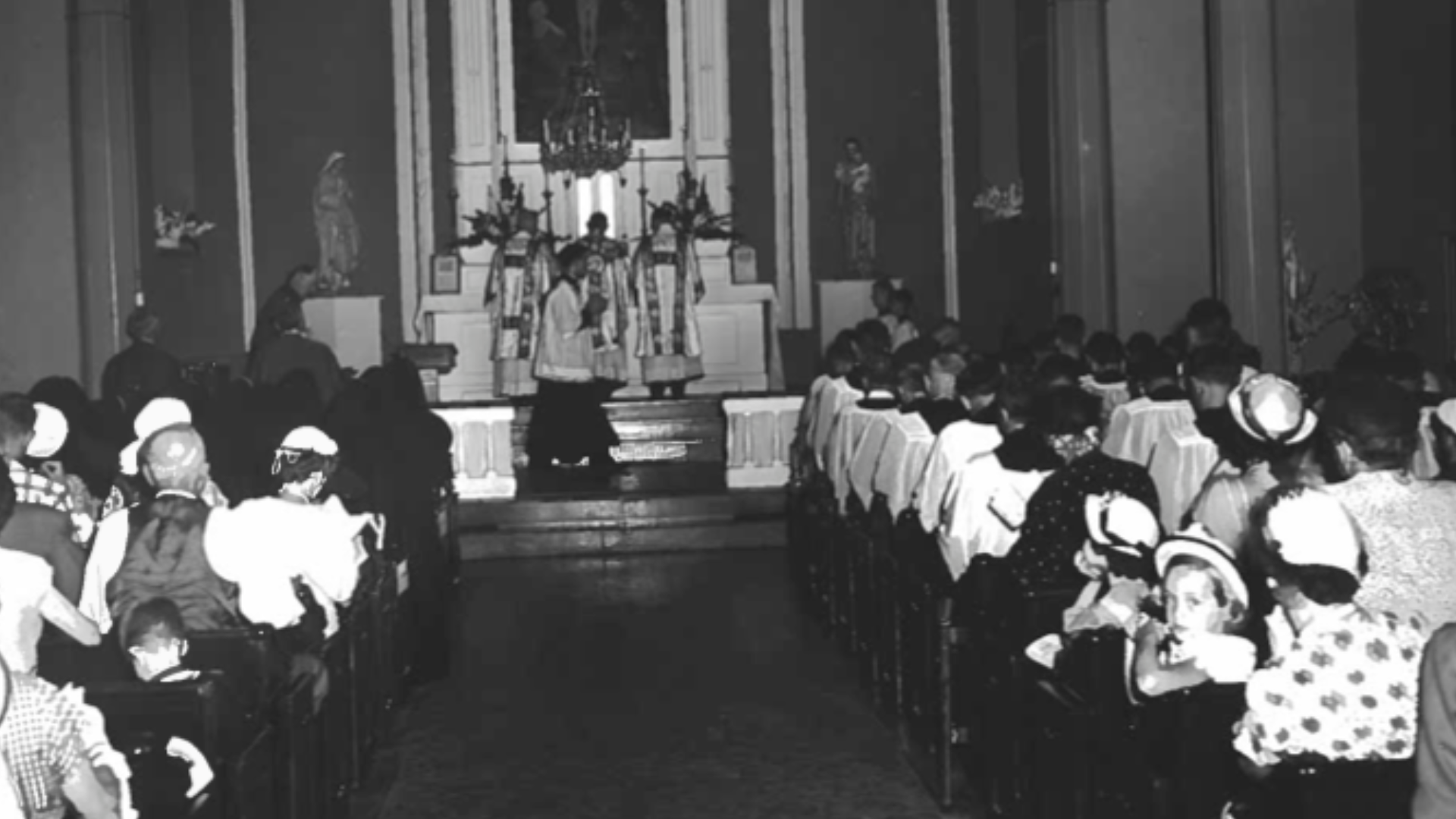
Written by Kathy Witt
Georgetown/Scott County has dozens of historic churches, including some dating back nearly 240 years. Here is an ecclesiastical stroll through time and religious denominations that shares fun facts about these houses of worship along with some of the key players and pray-ers.
In the beginning, there was Great Crossing Baptist Church. Organized in 1785 and situated near the buffalo crossing on Elkhorn Creek, this Stamping Ground church had as its first pastor the founder of Georgetown, Reverend Elijah Craig. Also known as the Father of Bourbon, Craig was famous for his solemn preaching and his “great readiness of speech.”
“The “great fervor of [Craig’s] preaching commonly brought many tears from his hearers, and many, no doubt, turned to the Lord by his preaching,” wrote the Reverend John Taylor in his 1827 account of Craig’s solemn style in The History of Ten Churches,
While no records are available from the earliest days of the Stamping Ground Christian Church, it was established by a man who gained a reputation as the “Evangelist of Kentucky.” That was John T. Johnson, prominent minister of the Christian Churches.

In Scott County Church Histories: A Collection, published in 1979 by the Scott County Bicentennial Committee, it is noted that Johnson had been a member of Great Crossing Baptist Church. At some point he became involved with the Campbell movement – a group that arose during the Second Great Awakening of the early 19th century, which was known as the American Restoration Movement.
Johnson began preaching the doctrine according to Campbell to church members, who soundly rejected it. He then withdrew from that church and formed a congregation of Disciples of his own with the two other members who withdrew from Great Crossings. In 1832, Johnson united his congregation with the Christians founded by Barton W. Stone.
Stone was also the founder of the Corinth Christian Church. Established in 1833 in a one-room log cabin, it was humbly described in Scott County Church Histories: A Collection as a church where “there was no covering on the dirt floor, and the pews were split logs with short legs.
“The building was placed about forty feet from the road and sixty feet from the stream, thus providing ample parking space for horses and buggies.”
The church building had walls measuring over nine feet tall, but its entrance was plagued with an “extremely low enframement,” resulting in the congregation (and the village in which the church sat) earning the name, “Skullbuster.” Thankfully, the current brick building has raised the enframement so that is no longer poses a danger to those crossing the threshold.
Known in its early years as “the church at Sugar Ridge,” the Oxford Christian Church owes its building’s structural beauty to the craftsmanship of E.C. Muddiman, a highly regarded stone and brick mason especially skilled in architectural corbeling. His Victorian-style influence may be seen in other buildings in the Oxford Historic District, which is on the National Register of Historic Places and notable for its stone sidewalks in addition to the community’s churches, homes and school.
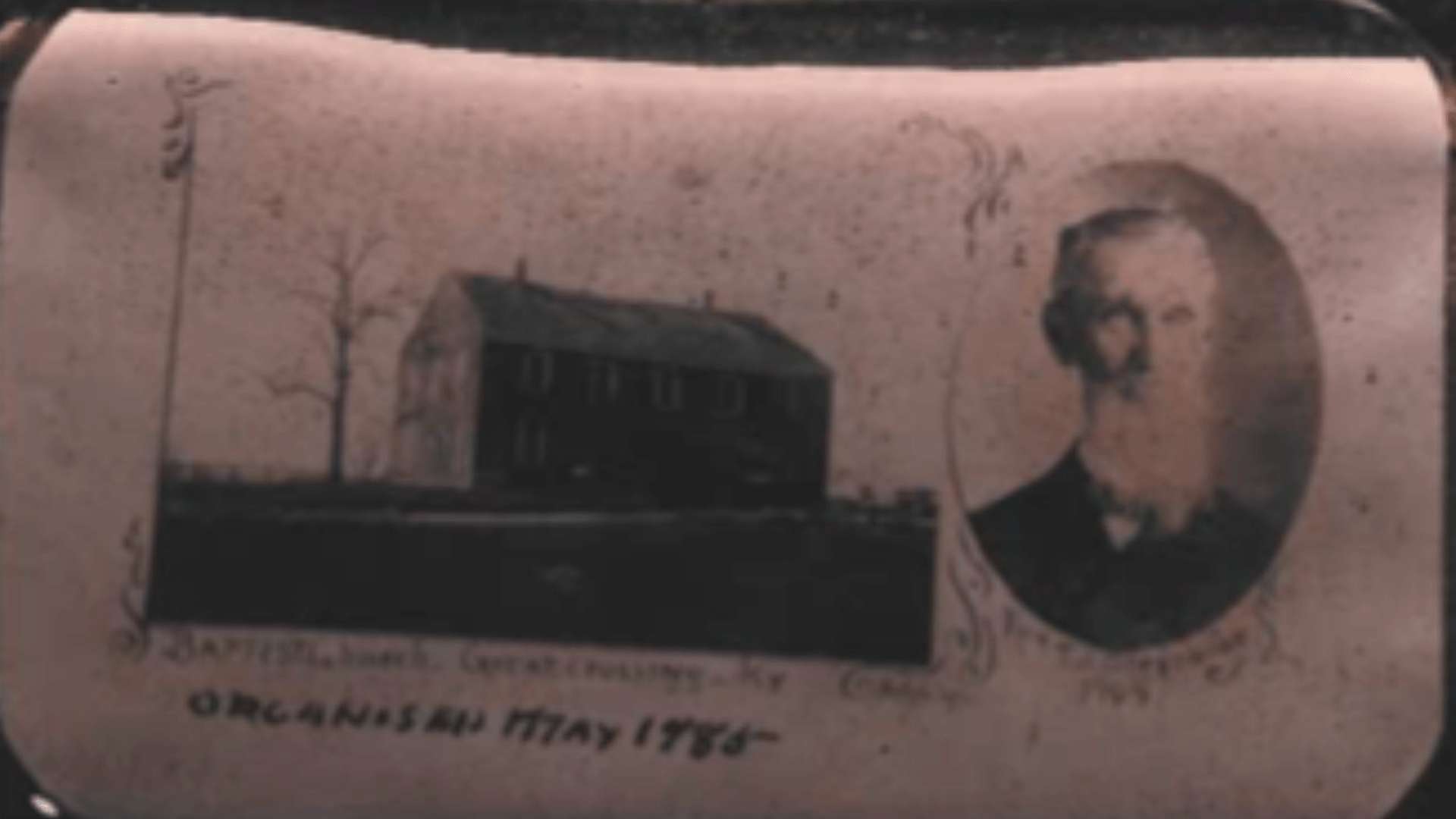
This congregation was founded in 1832. That it was also founded by John T. Johnson shouldn’t come as a surprise. “It has been said that of all the pioneers of the Restoration, Johnson was the most devoted, zealous, self-sacrificing,” wrote H. Leo Boles in Biographical Sketches Of Gospel Preachers. “There were few States in the Union at that time in which he did not preach the gospel and establish churches.”
Johnson was the son of Robert and Jemima Johnson, a family “whose influence would be great in the political, social and religious life of Kentucky,” as noted in Scott County Kentucky: A History, published in 1993 by the Scott County Historical Society. (John’s brother Richard was a U.S. Vice President under President Martin Van Buren, U.S. Congressman, state legislator, War of 1812 veteran and Georgetown lawyer.)
From the camp meetings that began in Kentucky in 1799 as part of the Great Revival emerged several congregations, including Long Lick Baptist Church. These evangelical meetings, which included preaching, hymn singing and baptisms – even on-the-spot conversion experiences – and frequently characterized by wild enthusiasm, influenced leaders of the Second Great Awakening, such as Johnson.
One year after the end of the Civil War, the Wesley Chapel Methodist Episcopal Church, established in 1866, became one of the first African American churches in Georgetown.
“Like the saints of old who wandered in a solitary way and ‘found no city to dwell in,’ so the little band of Methodists met from house to house for prayer services,” recounted Scott County Church Histories: A Collection and quoting Psalm 107 from the bible.
Initially the congregants met at a two-story brick building, but in July of 1868, $300 was raised to purchase a lot where the church still stands today. Four years later, in 1872, the membership had grown from 50 to 113 and the present brick church was built at a cost of $5,000.
Author: Kathryn Witt
Kathryn Witt is an award-winning travel and lifestyle writer, syndicated columnist and author of several books, including Secret Cincinnati, The Secret of the Belles and Atlanta Georgia: A Photographic Portrait. A member of SATW, Authors Guild and the Society of Children’s Books & Illustrators, she lives in northern Kentucky.
BACK TO ALL BLOGS | BACK TO HISTORY BLOGS

BLOG / MAP / MEETINGS
NEWS / RESOURCES
TOURISM PARTNERS
CONTACT / eNEWSLETTER
CALL US: 502-863-2547
OPEN HOURS: Monday - Friday 9am-5pm

